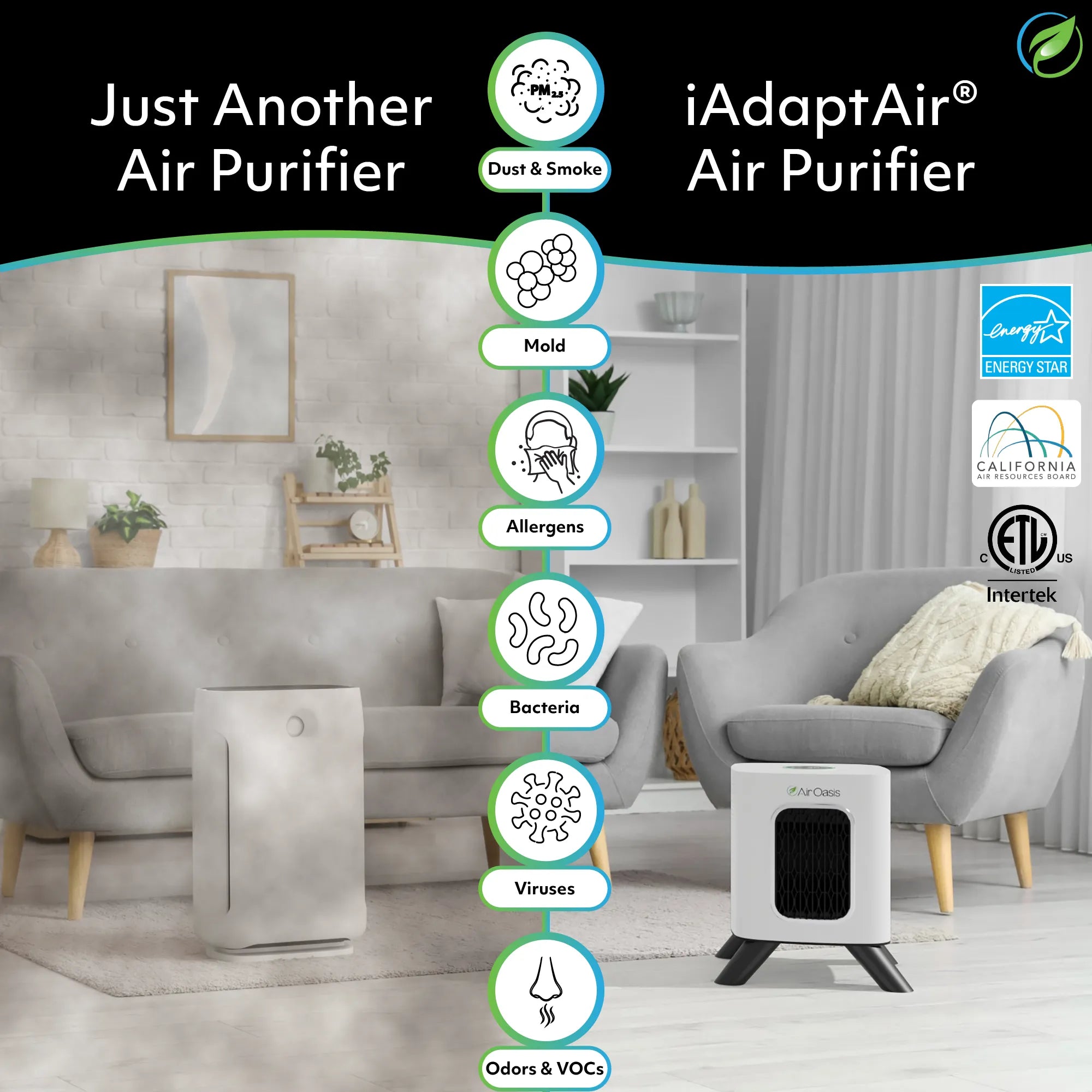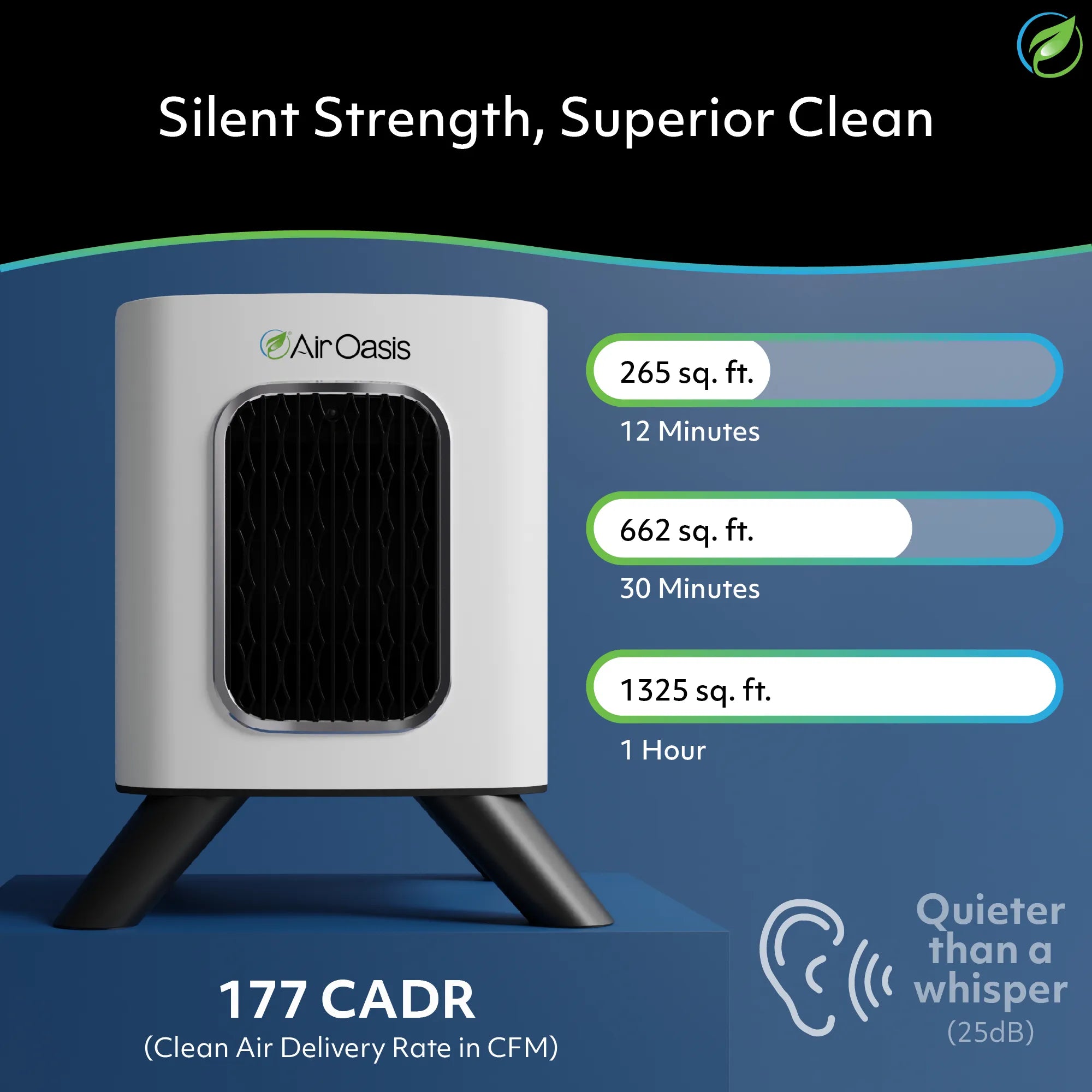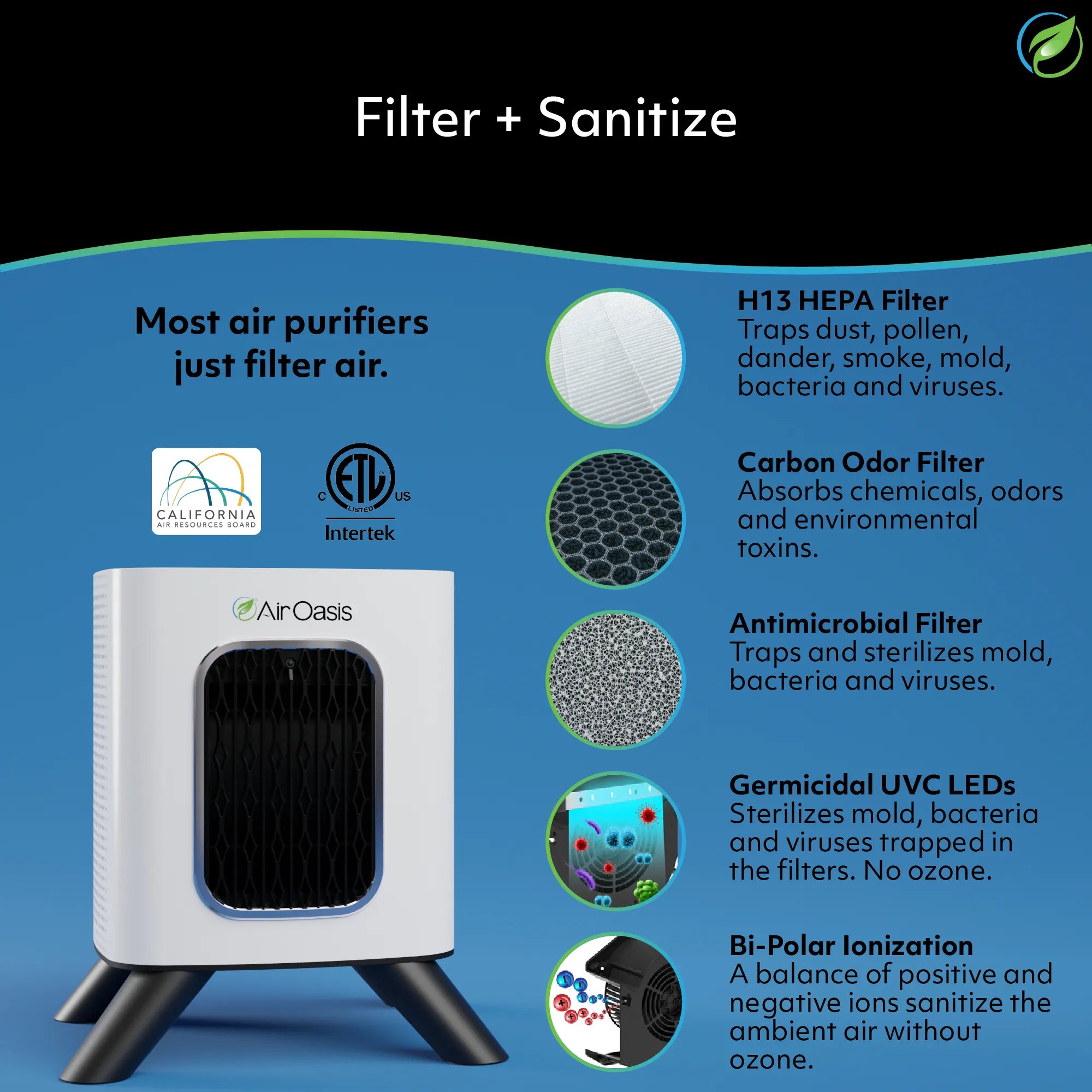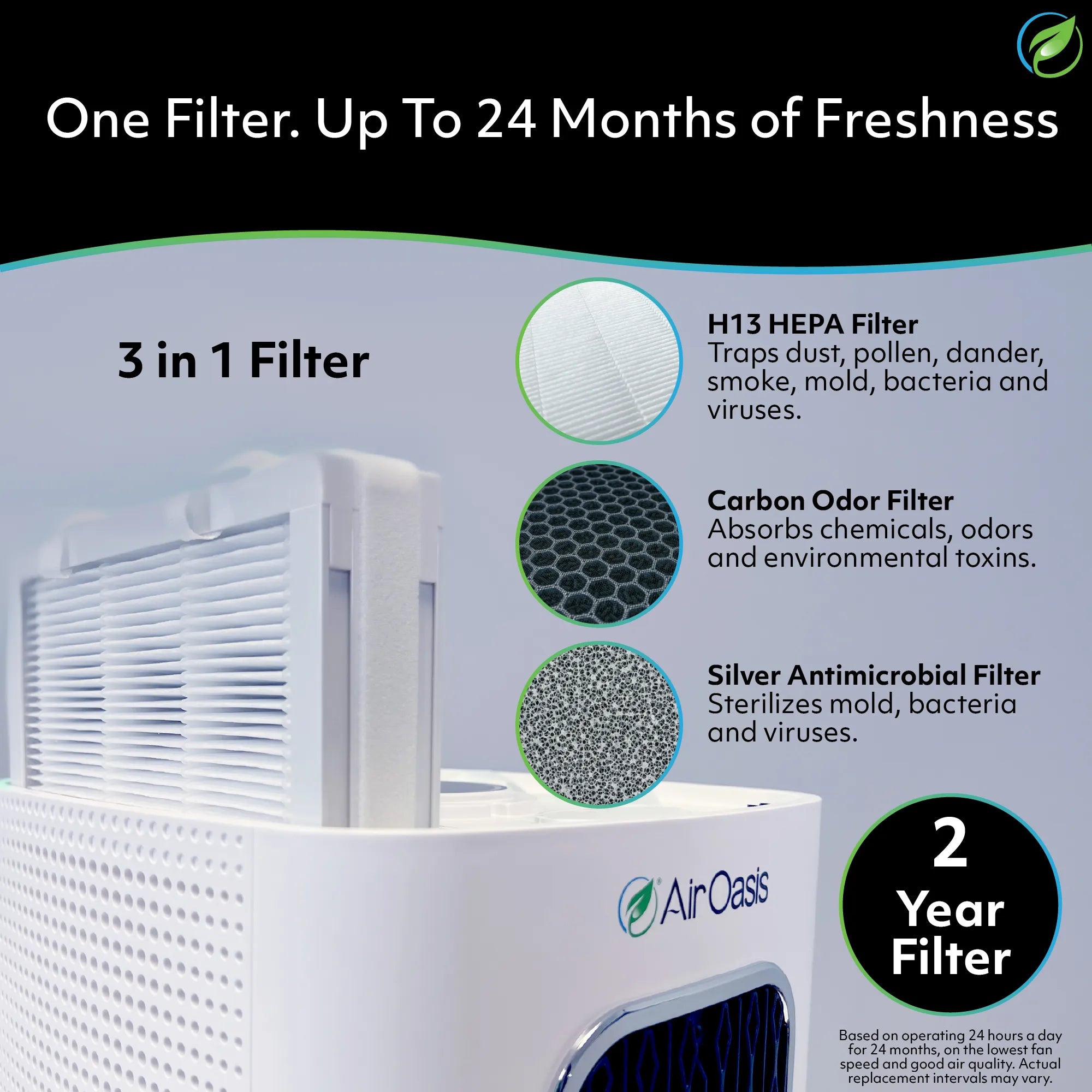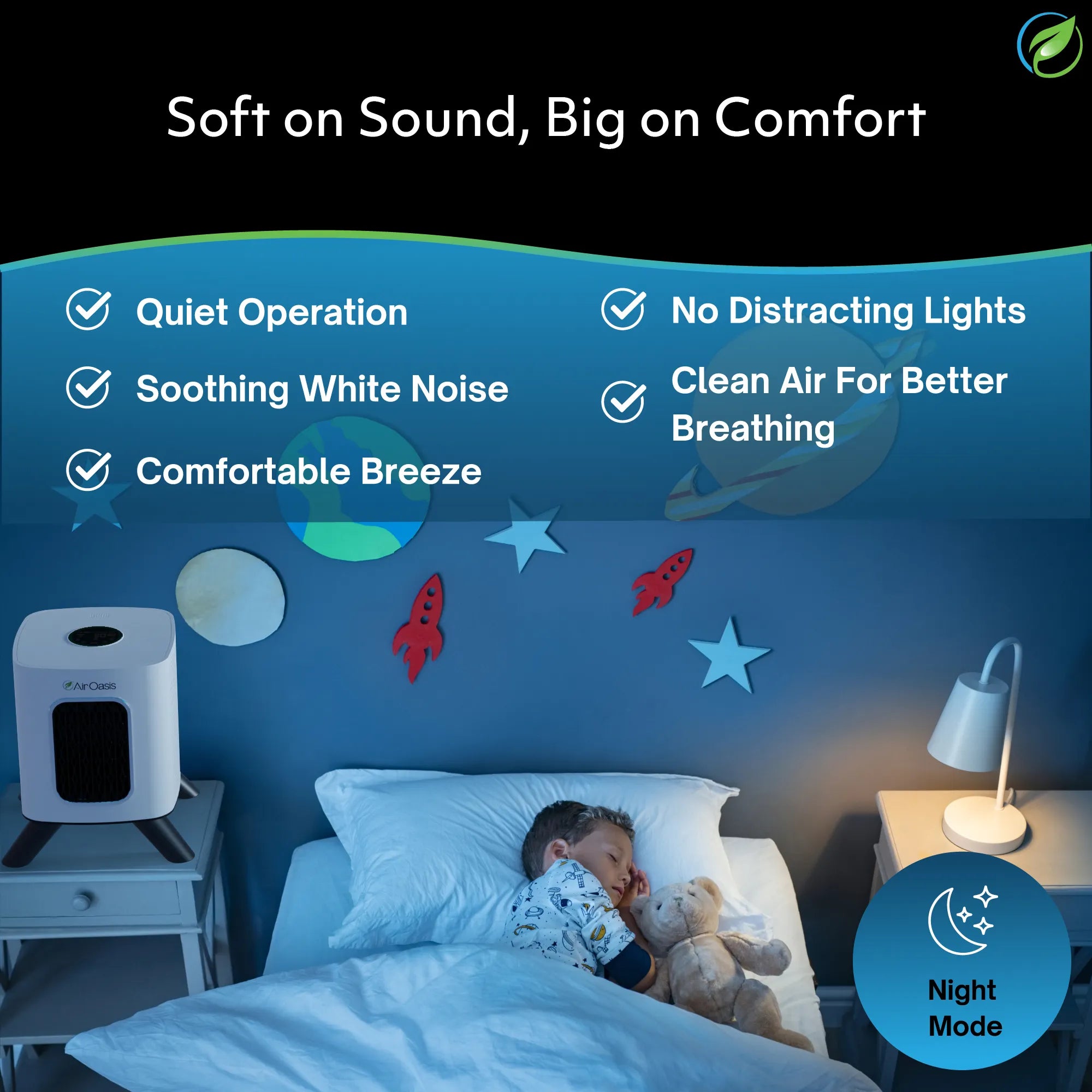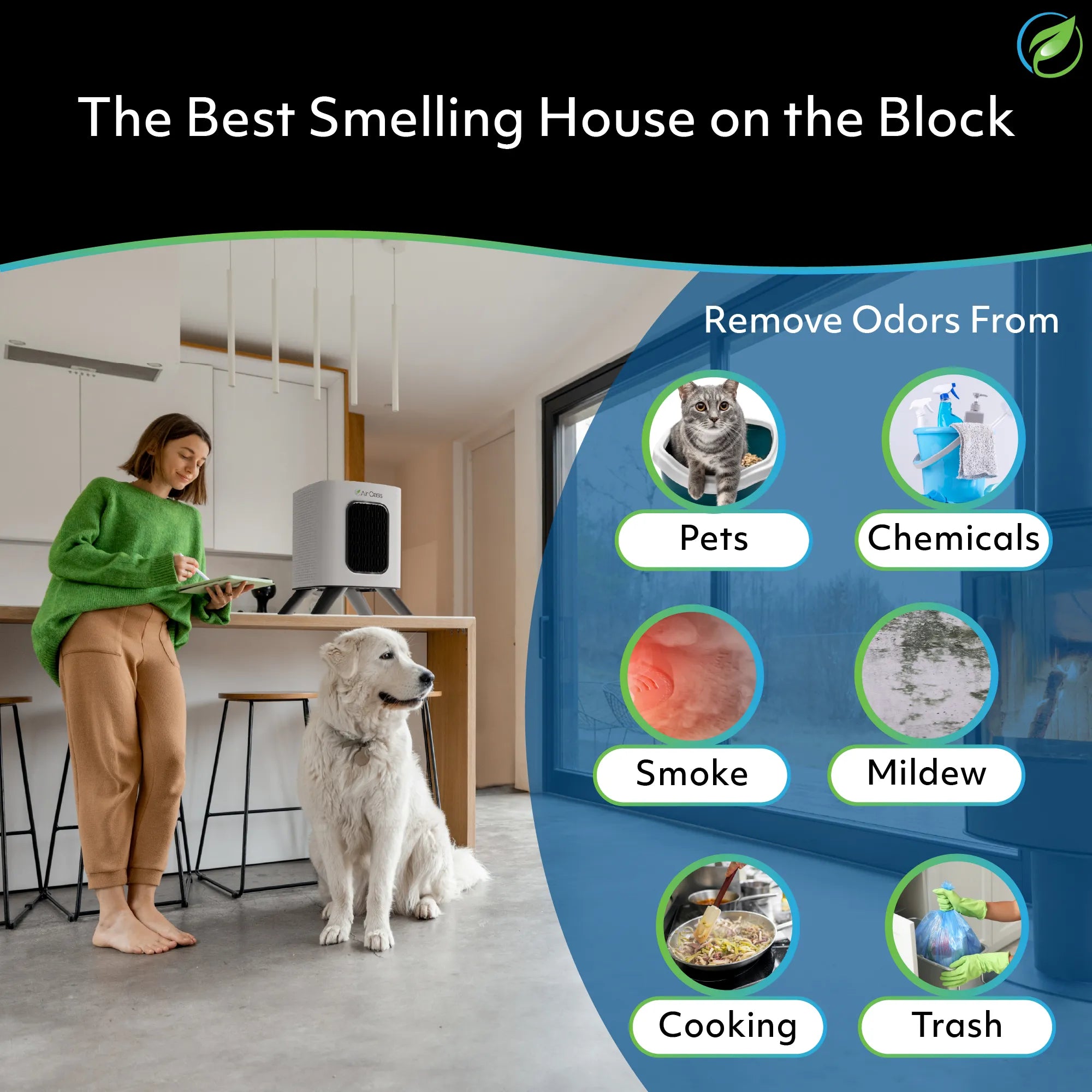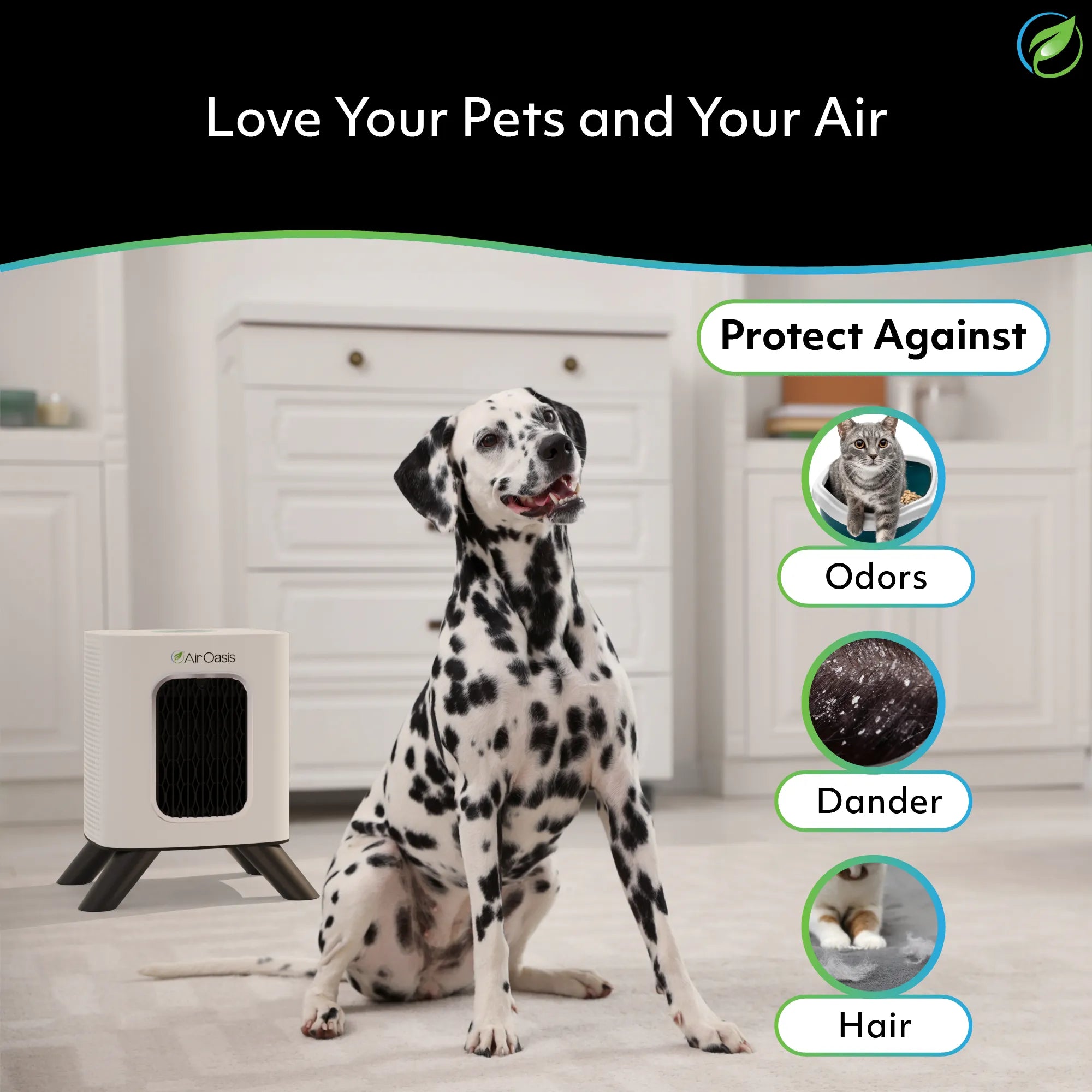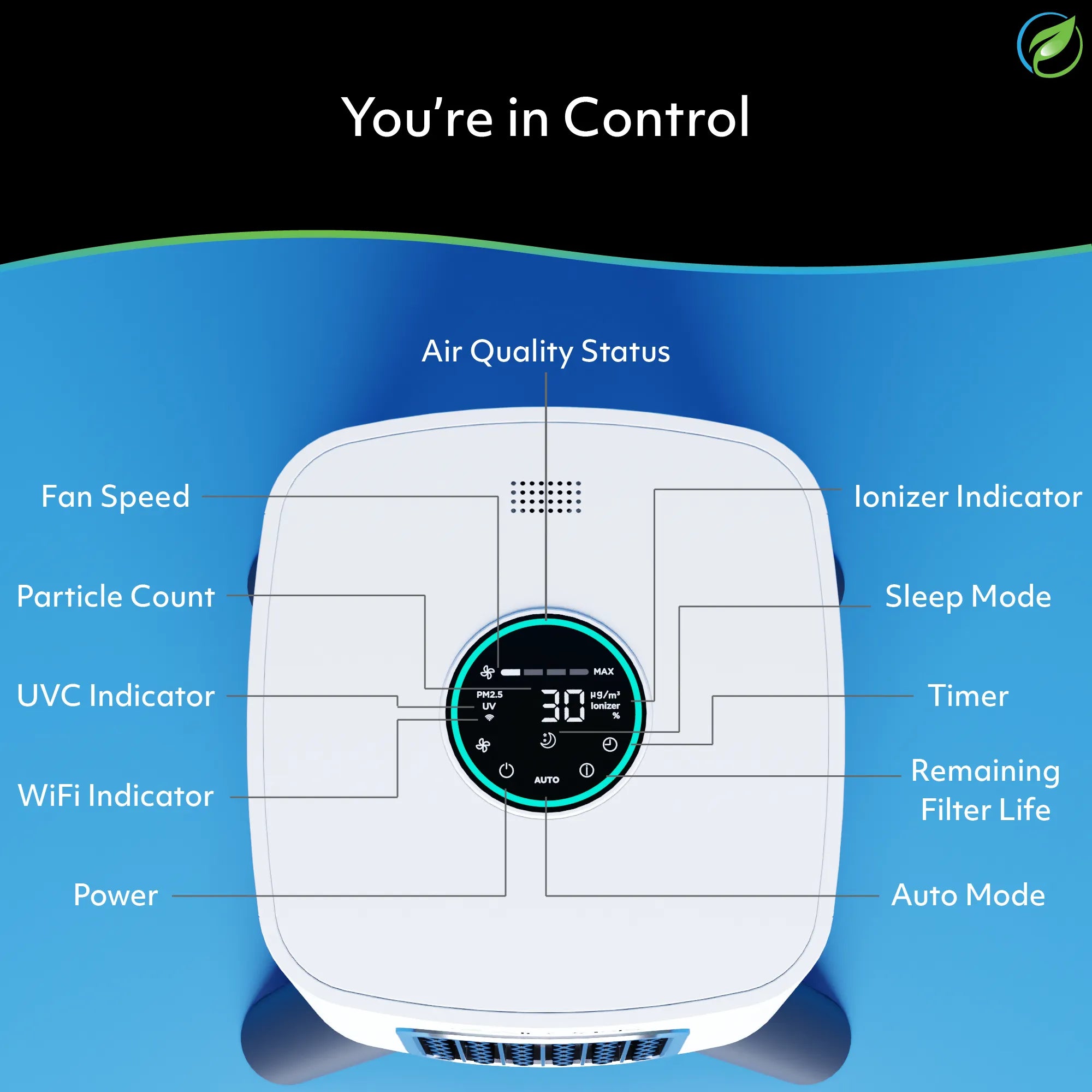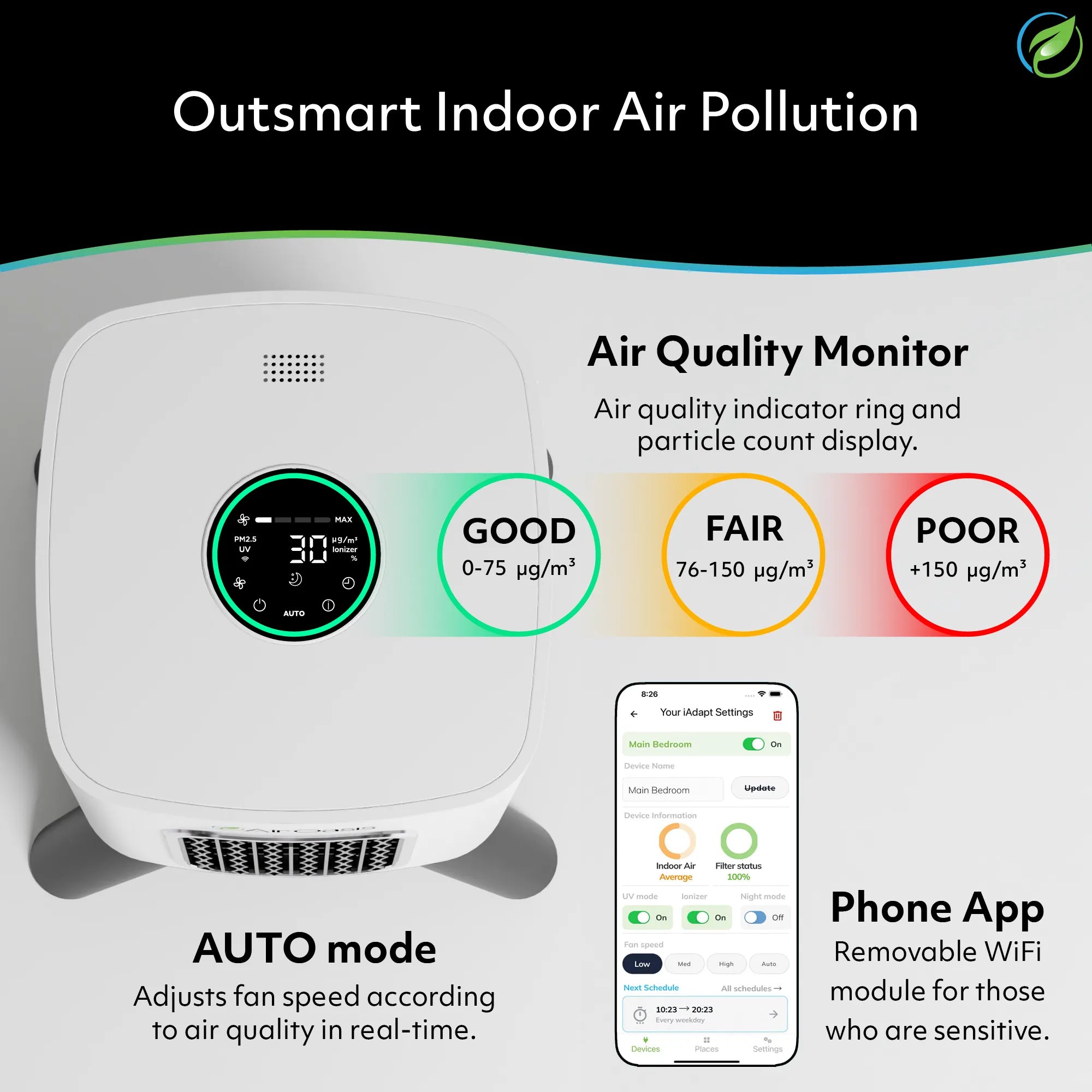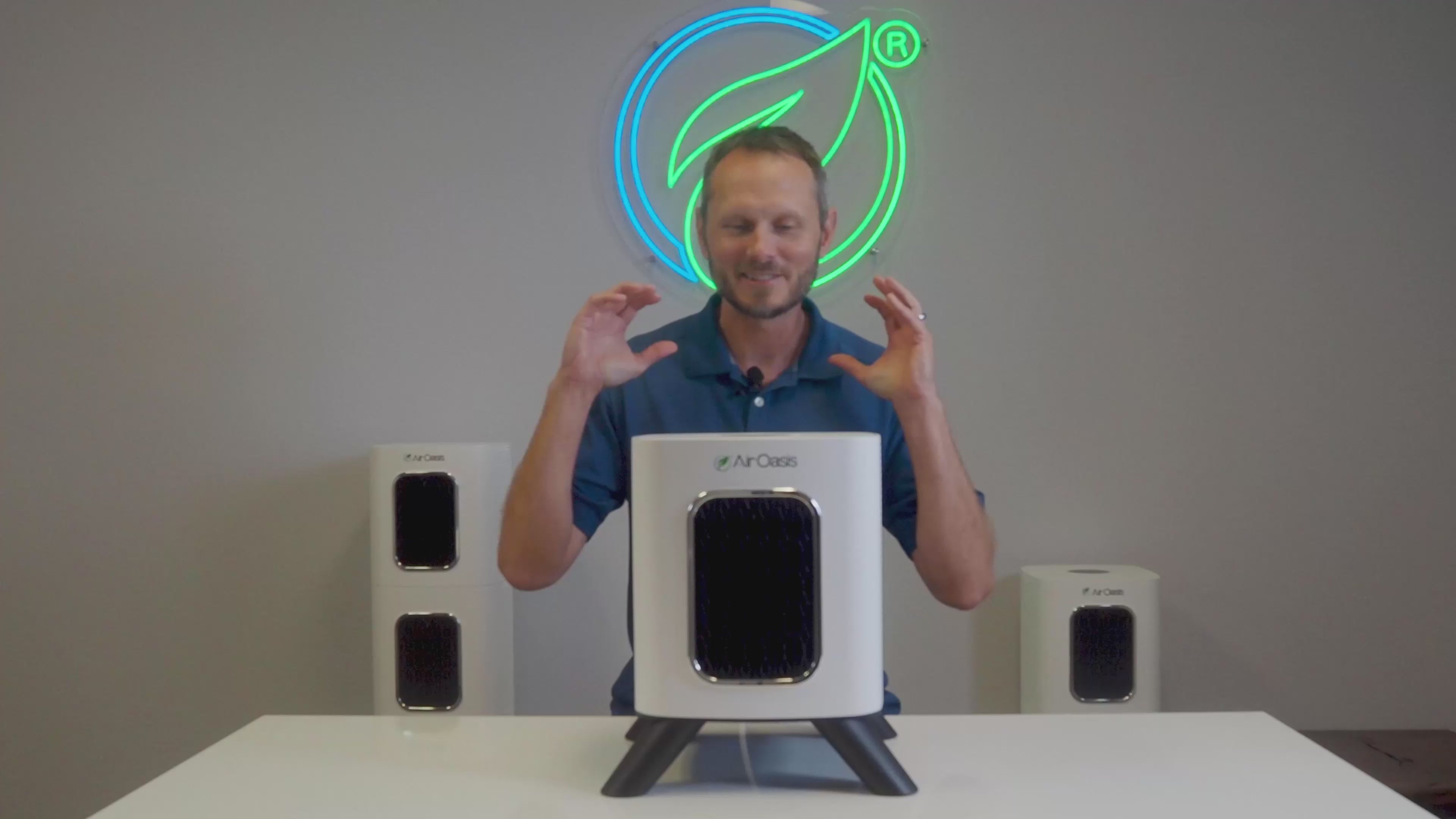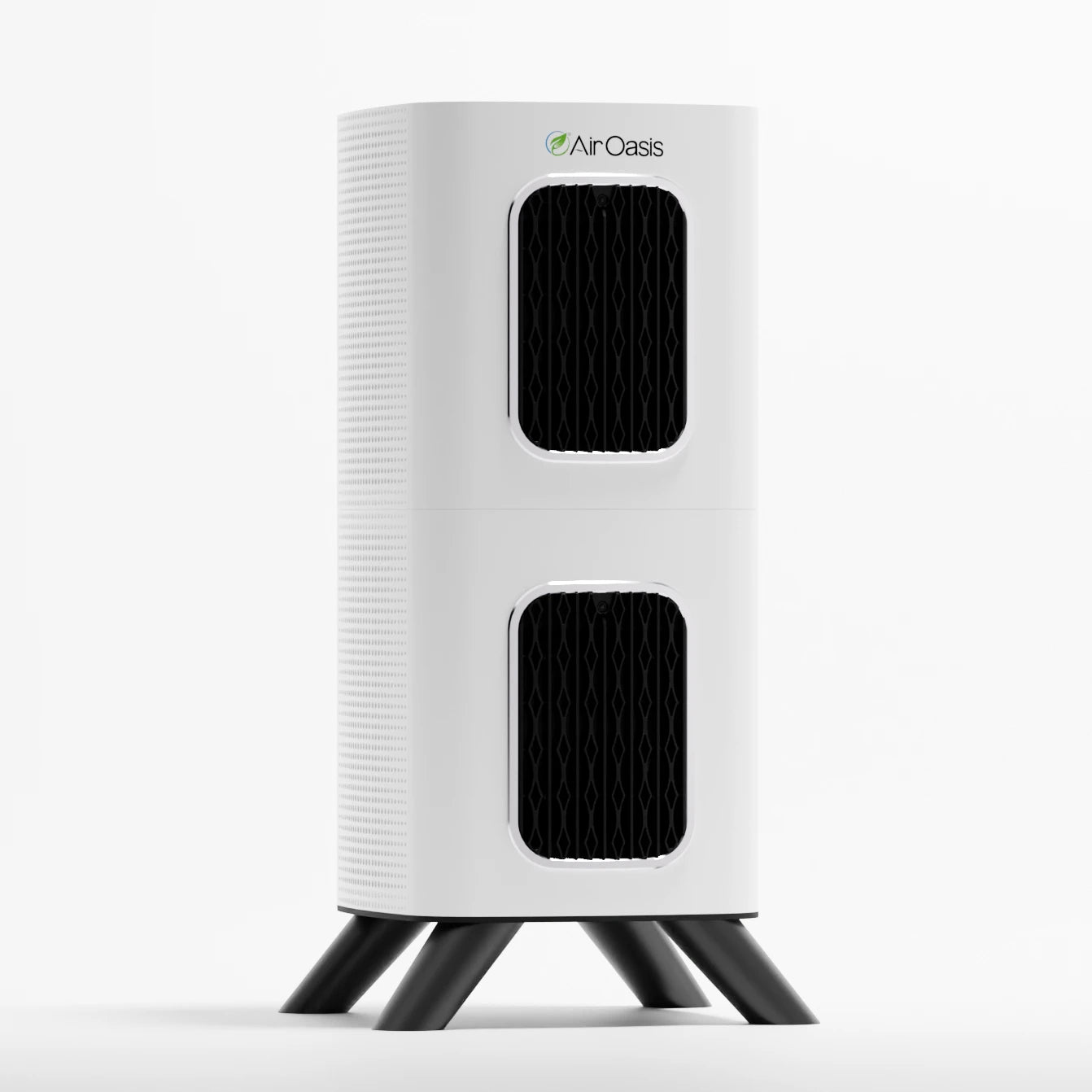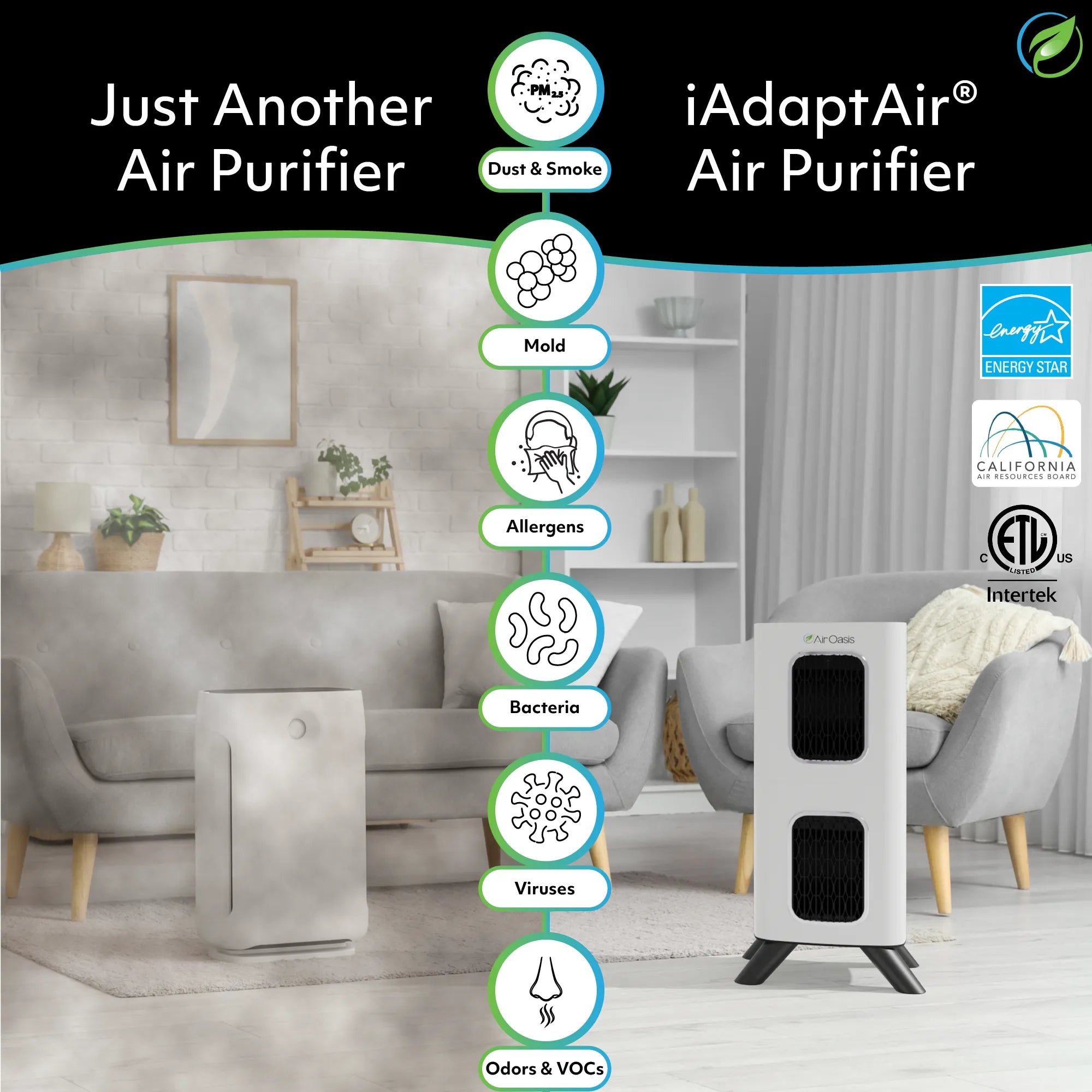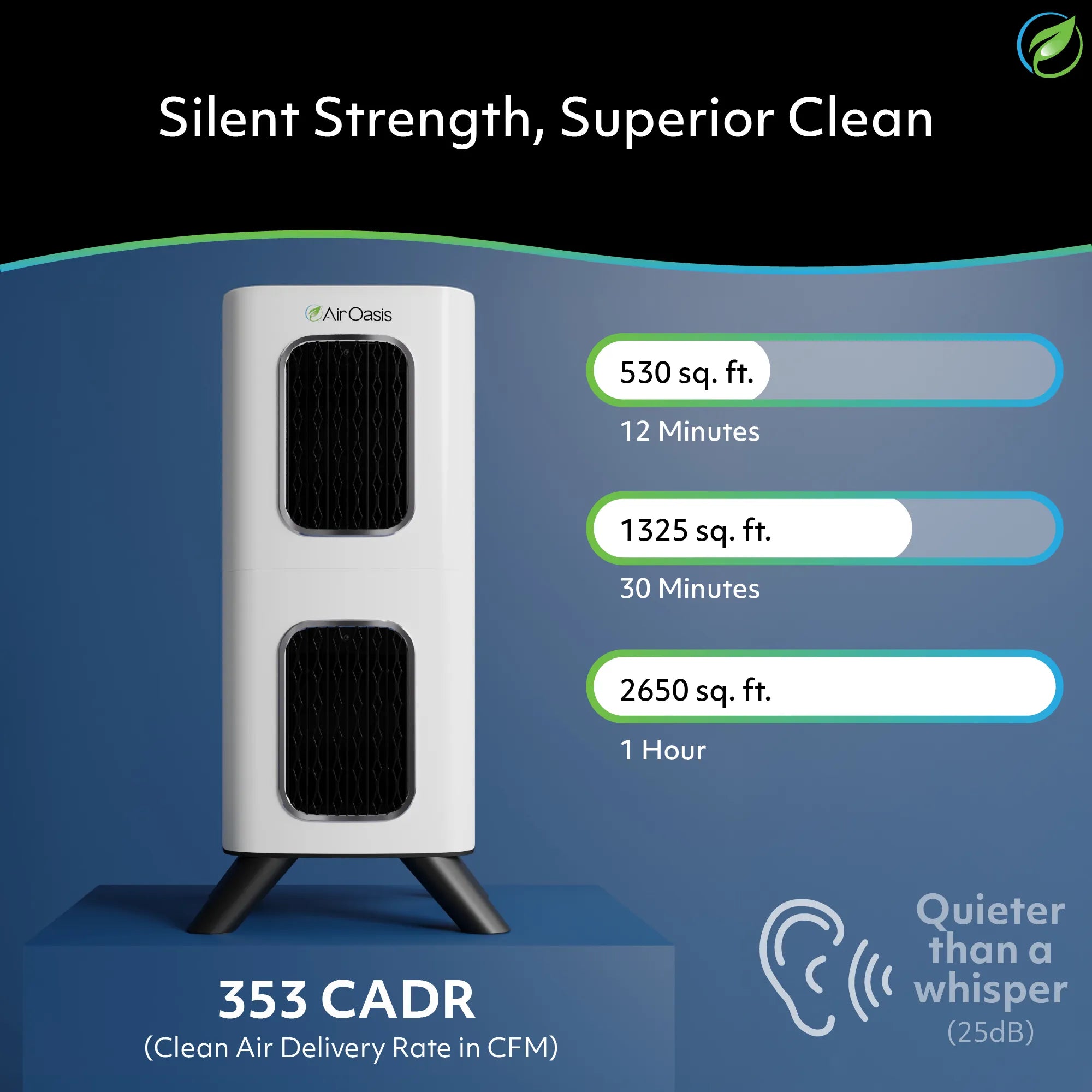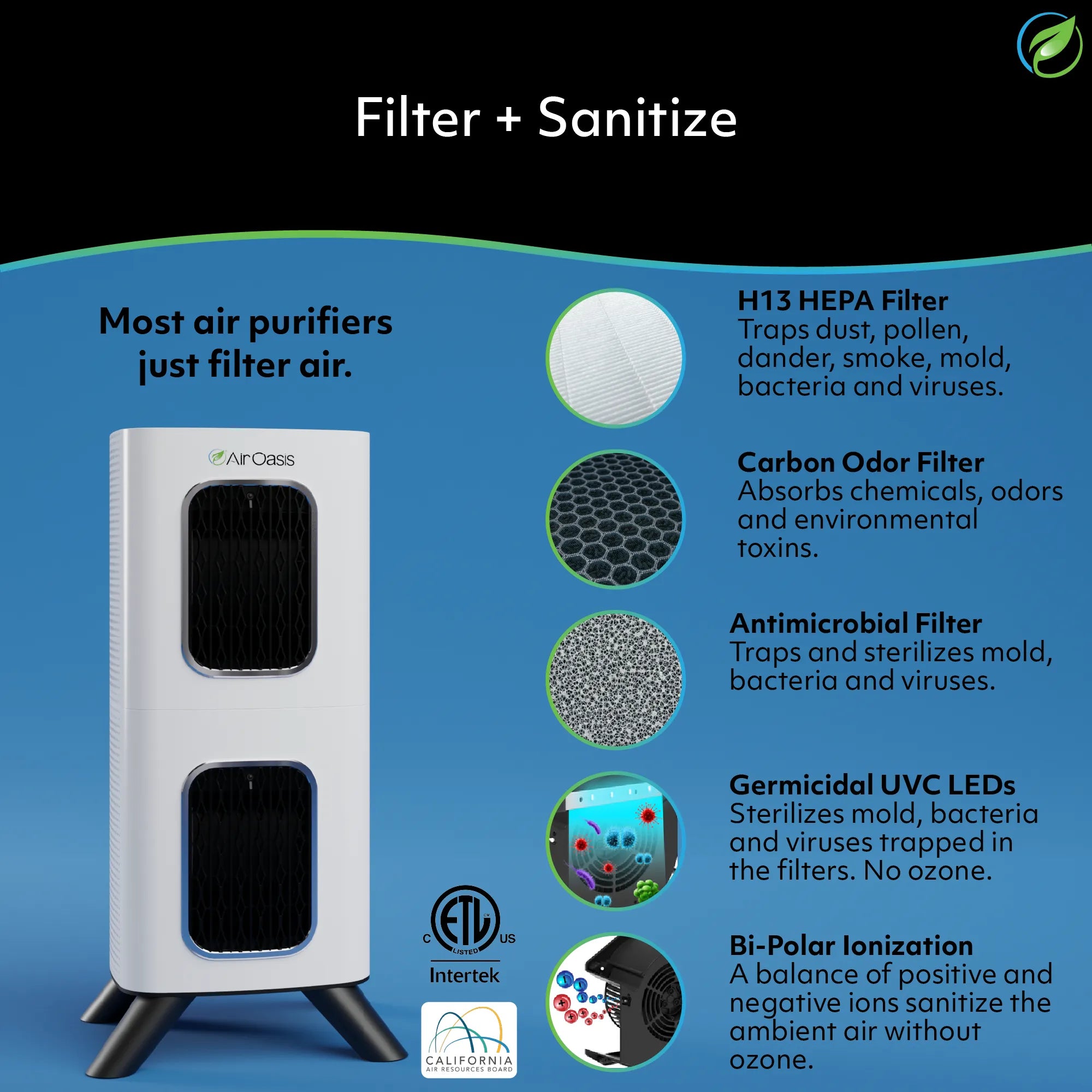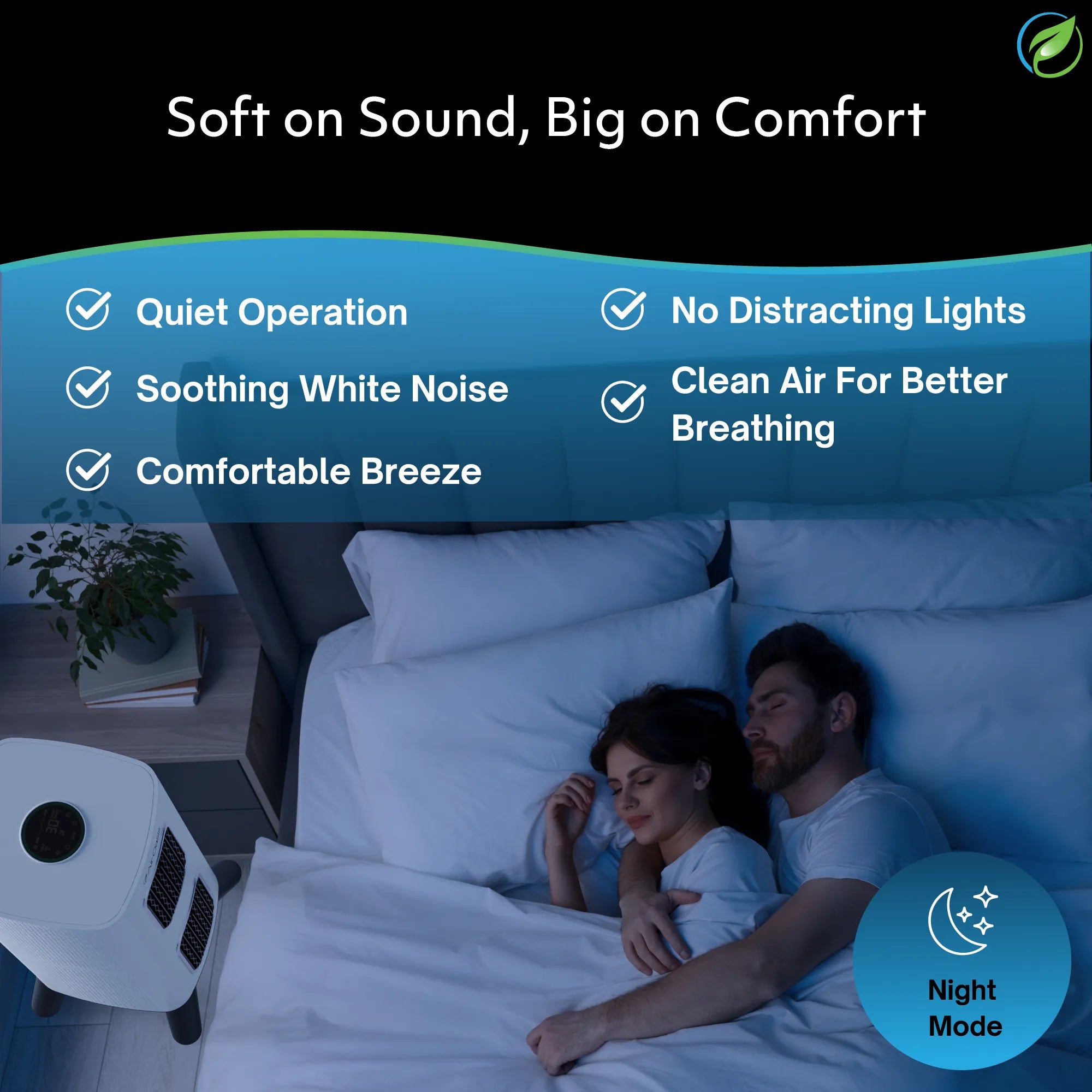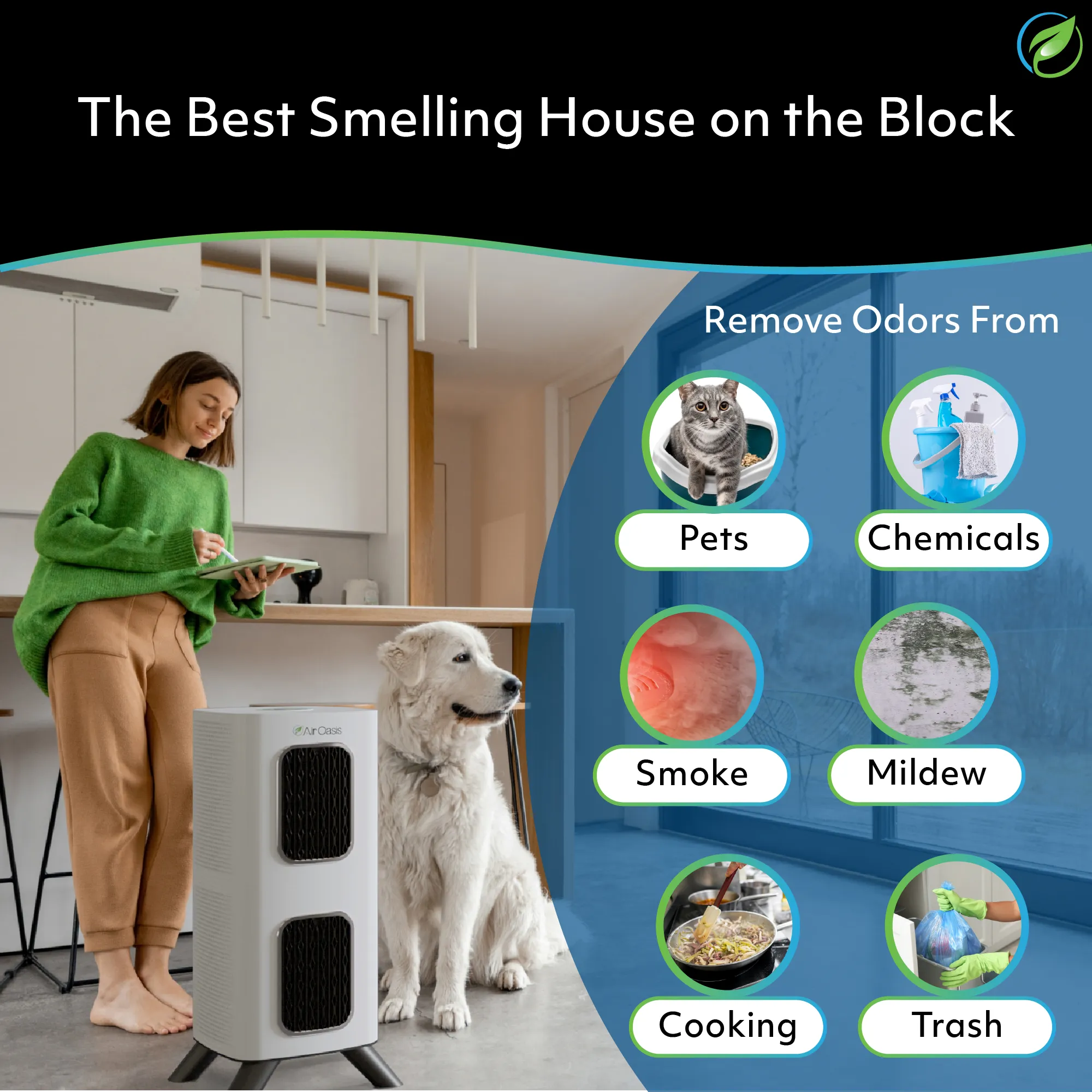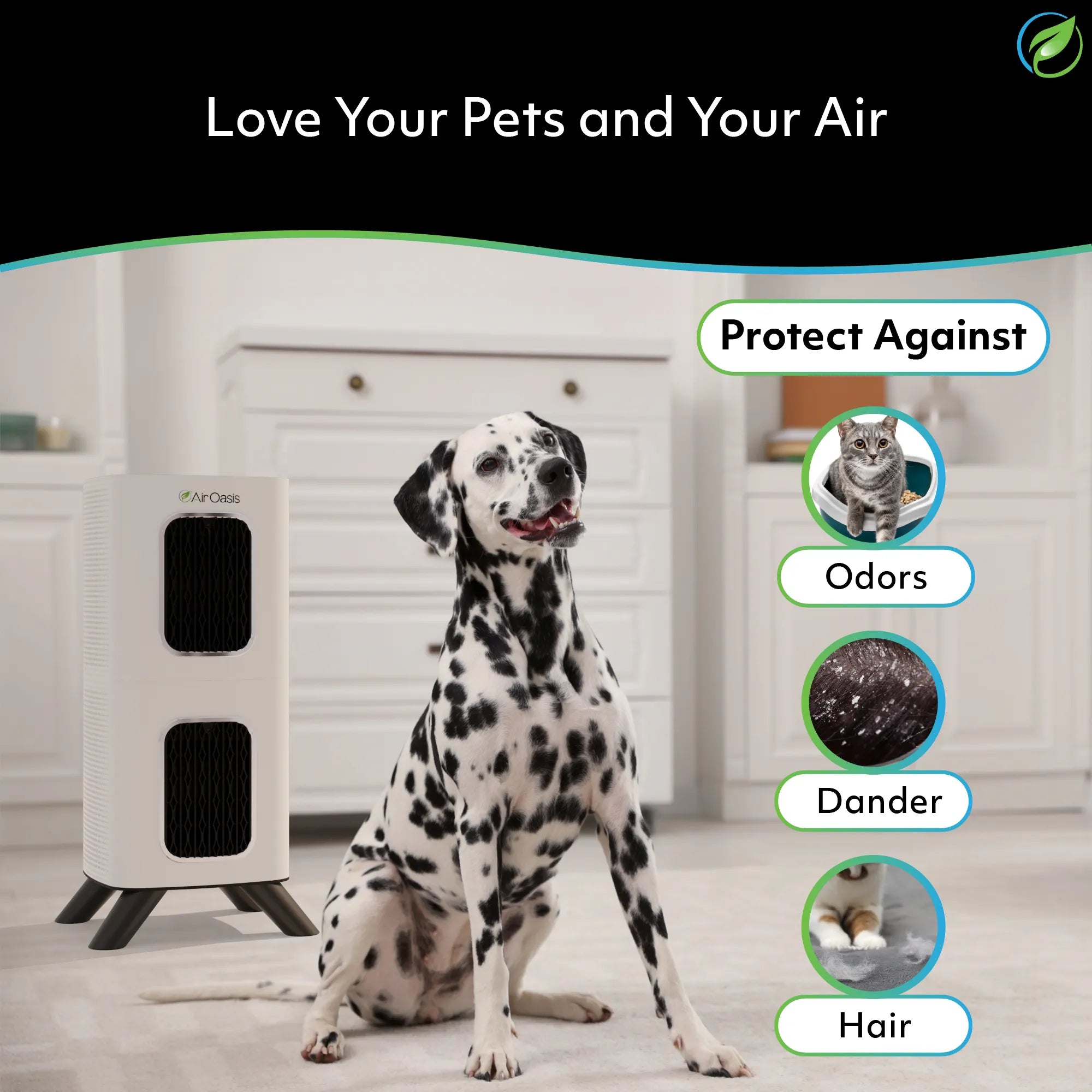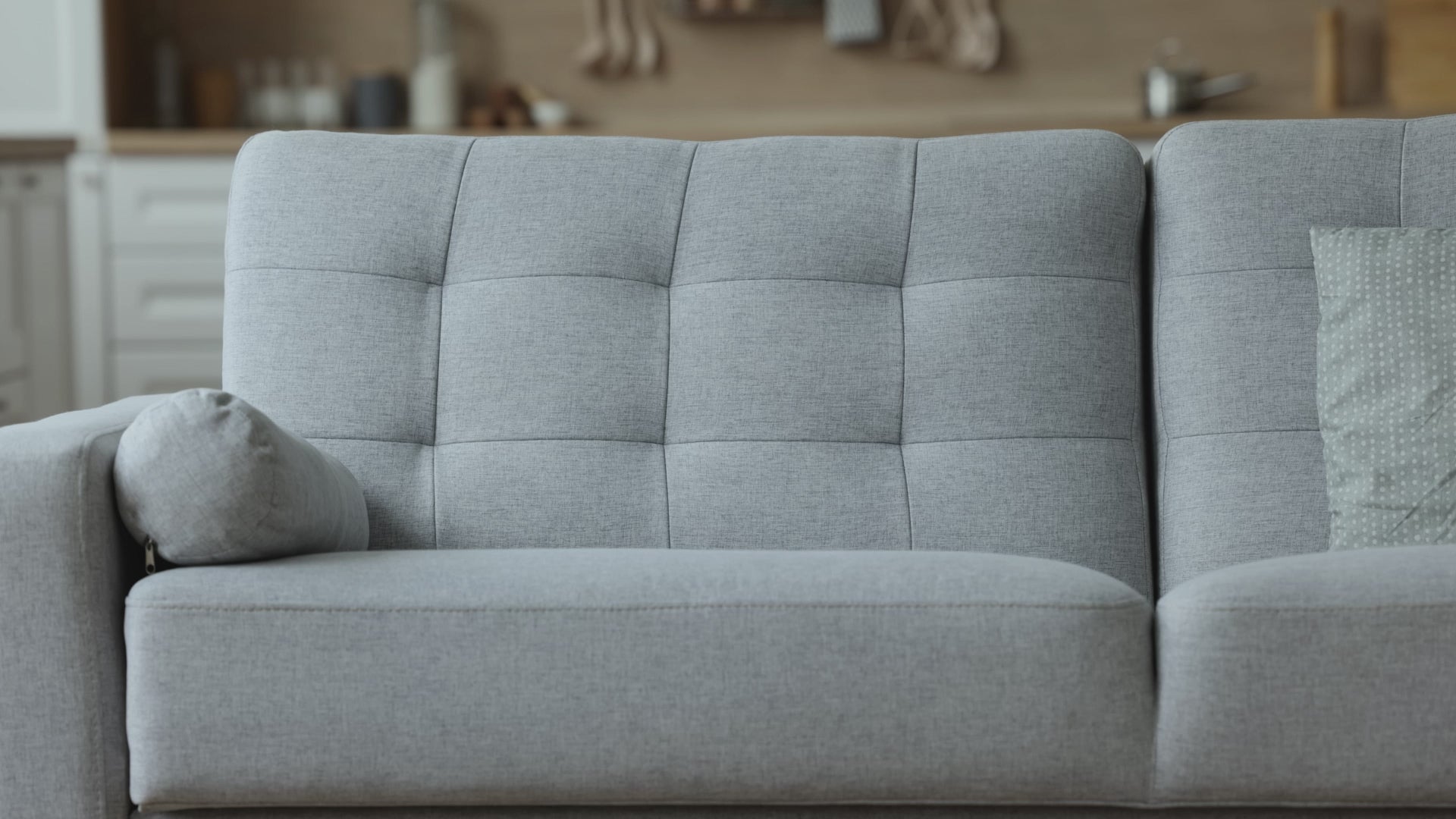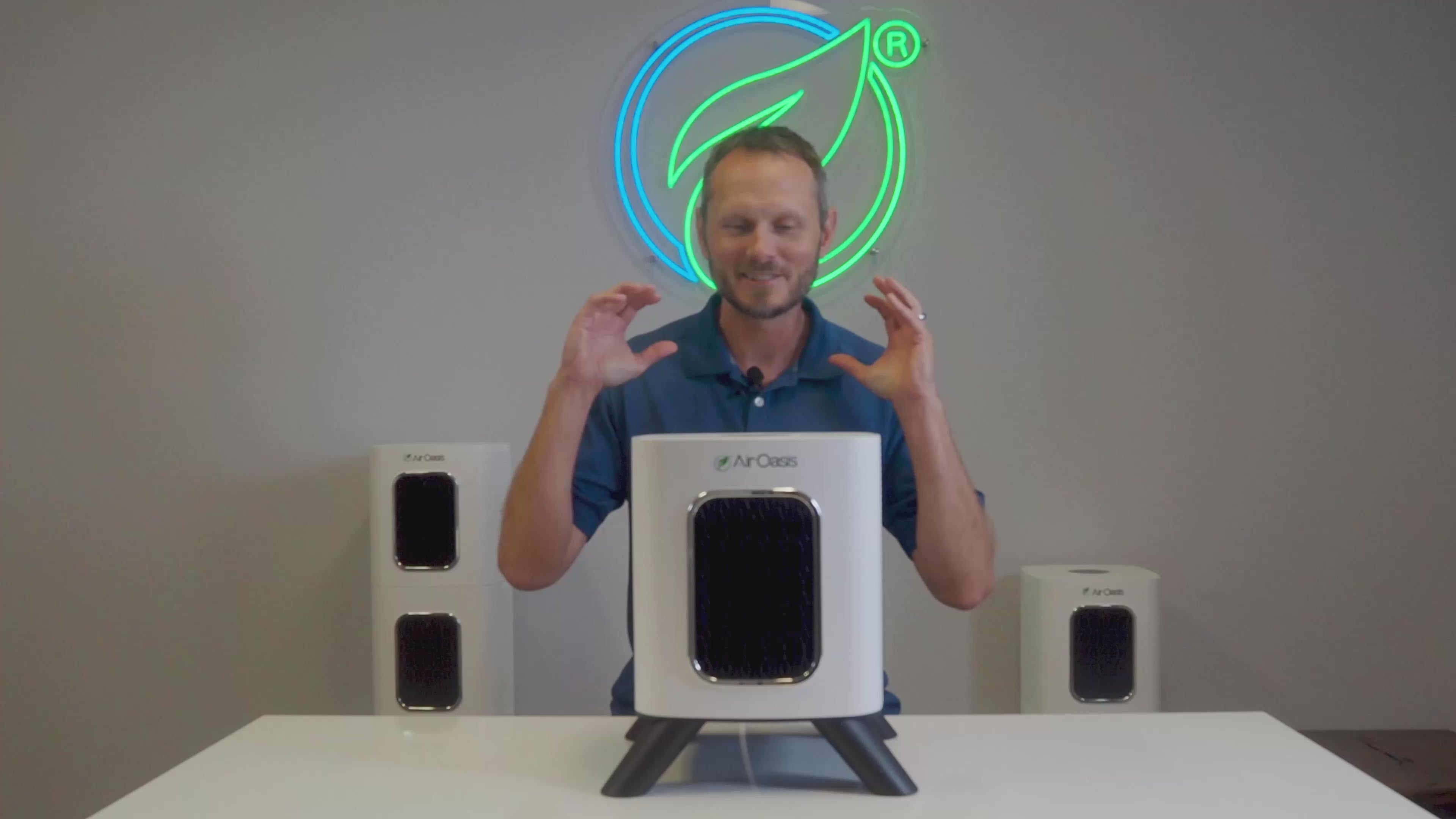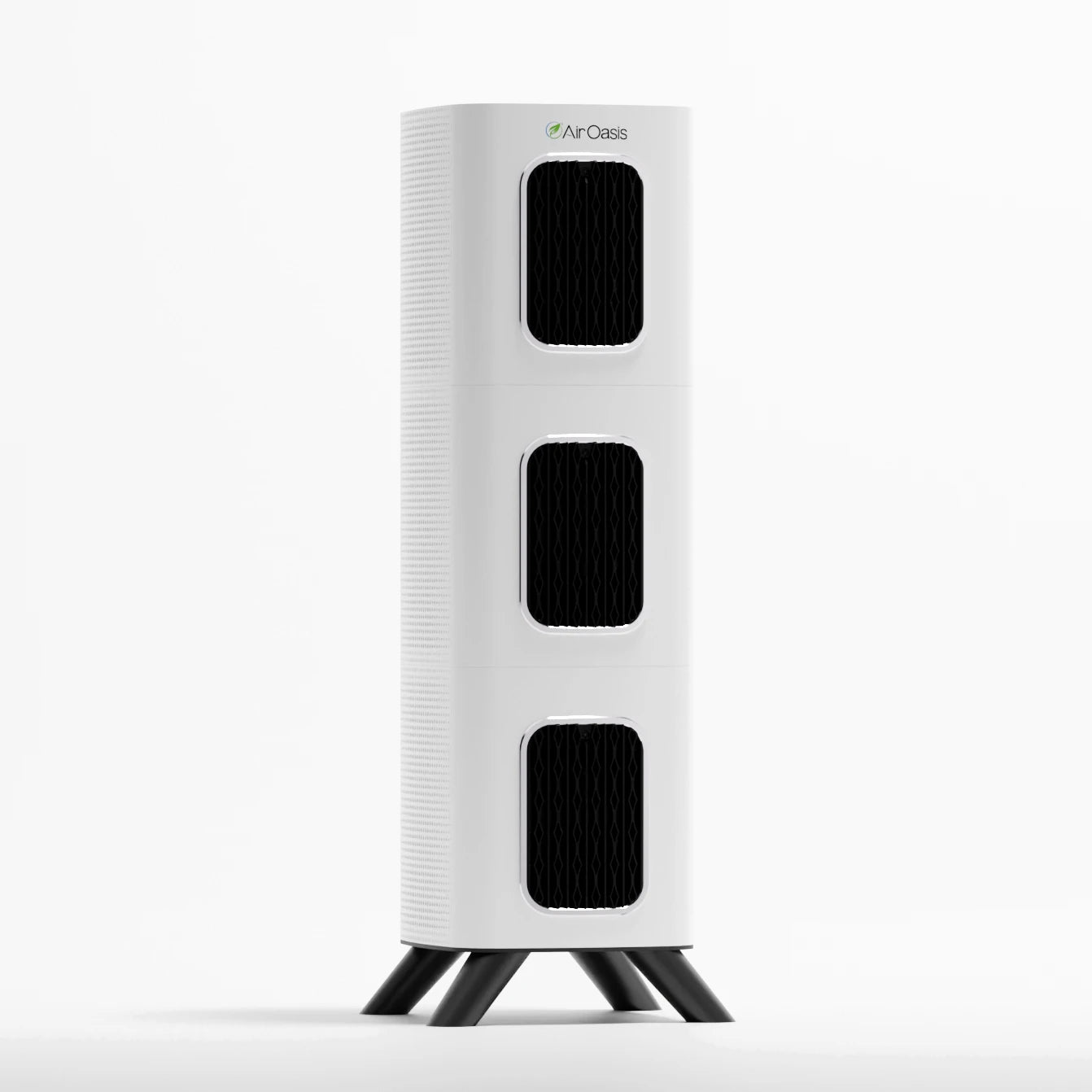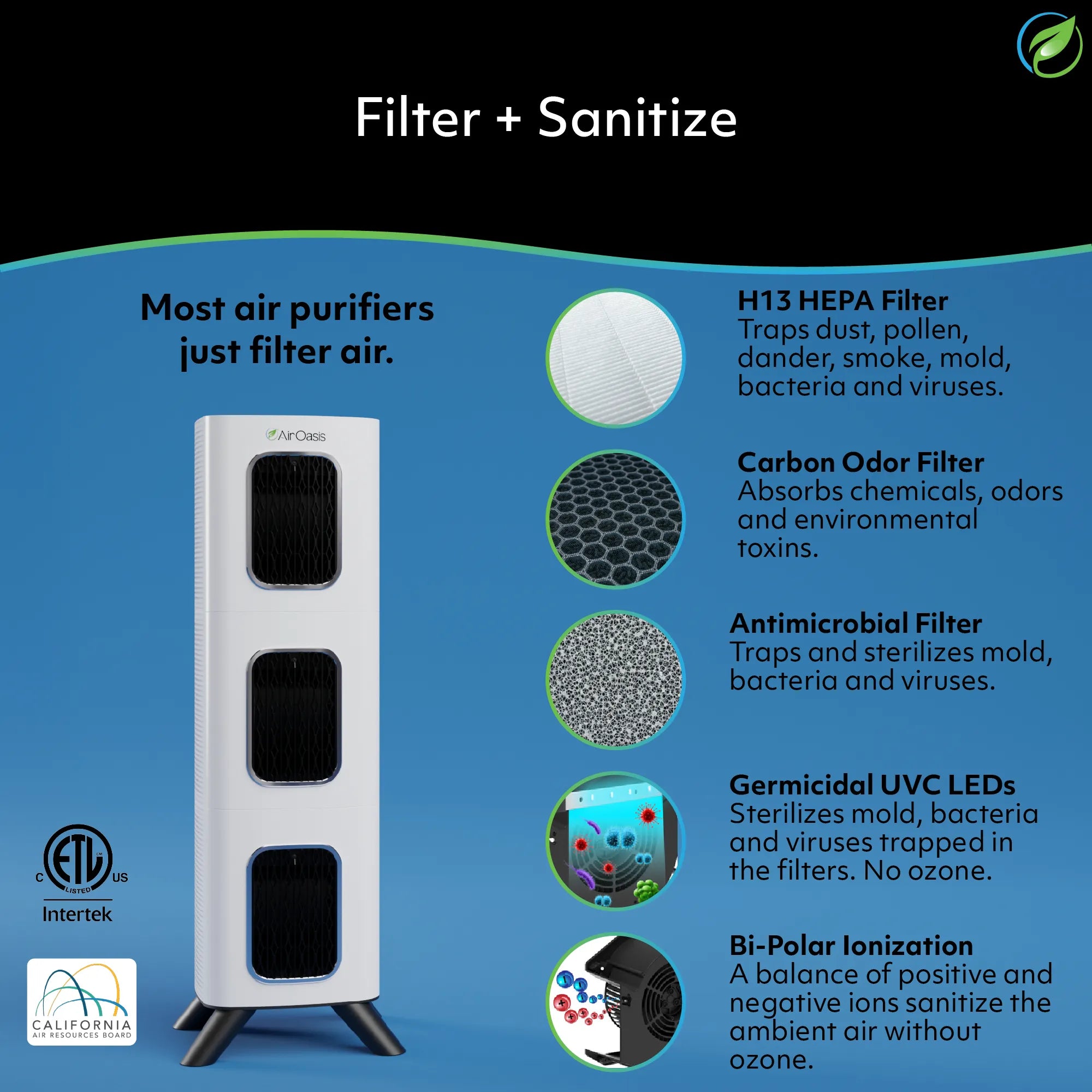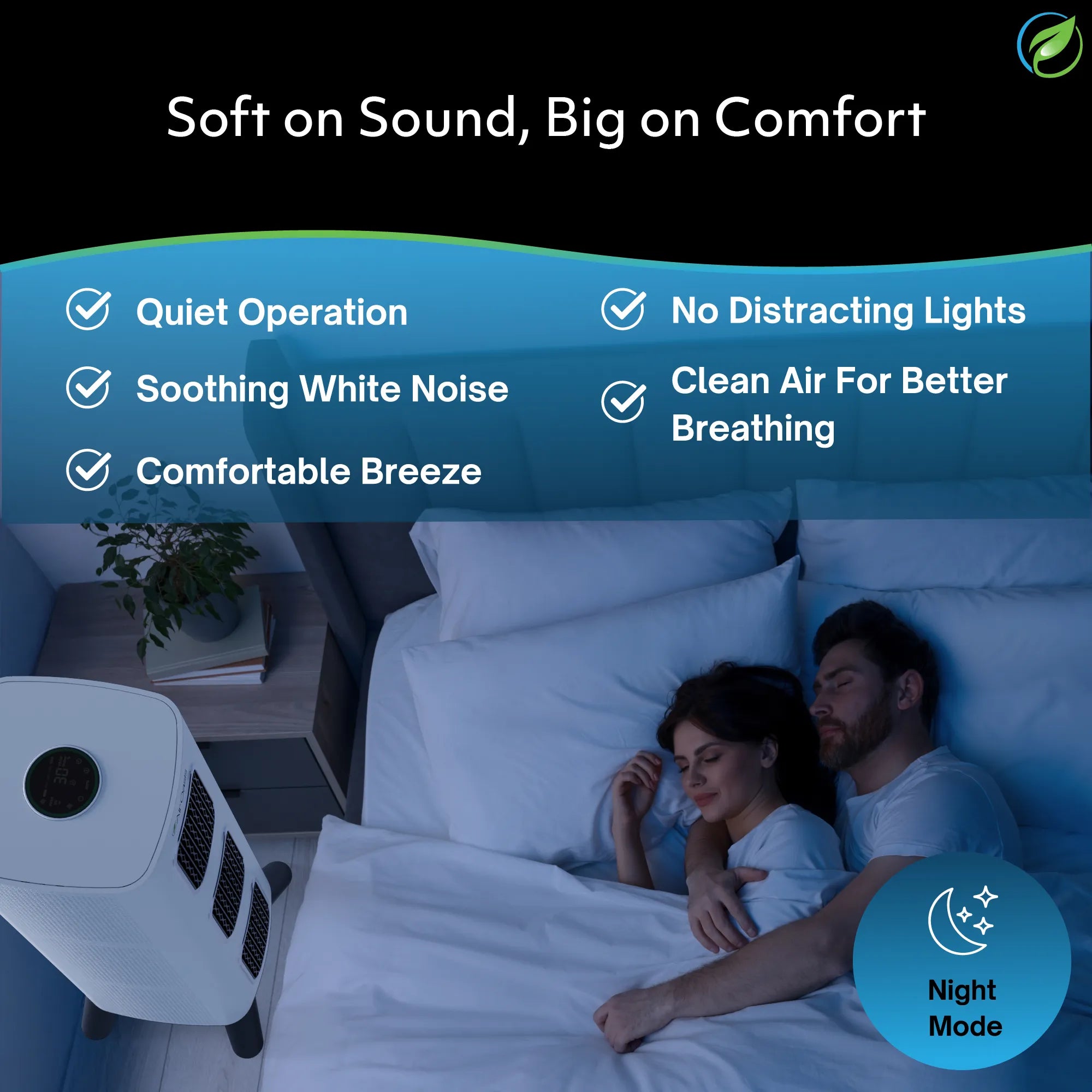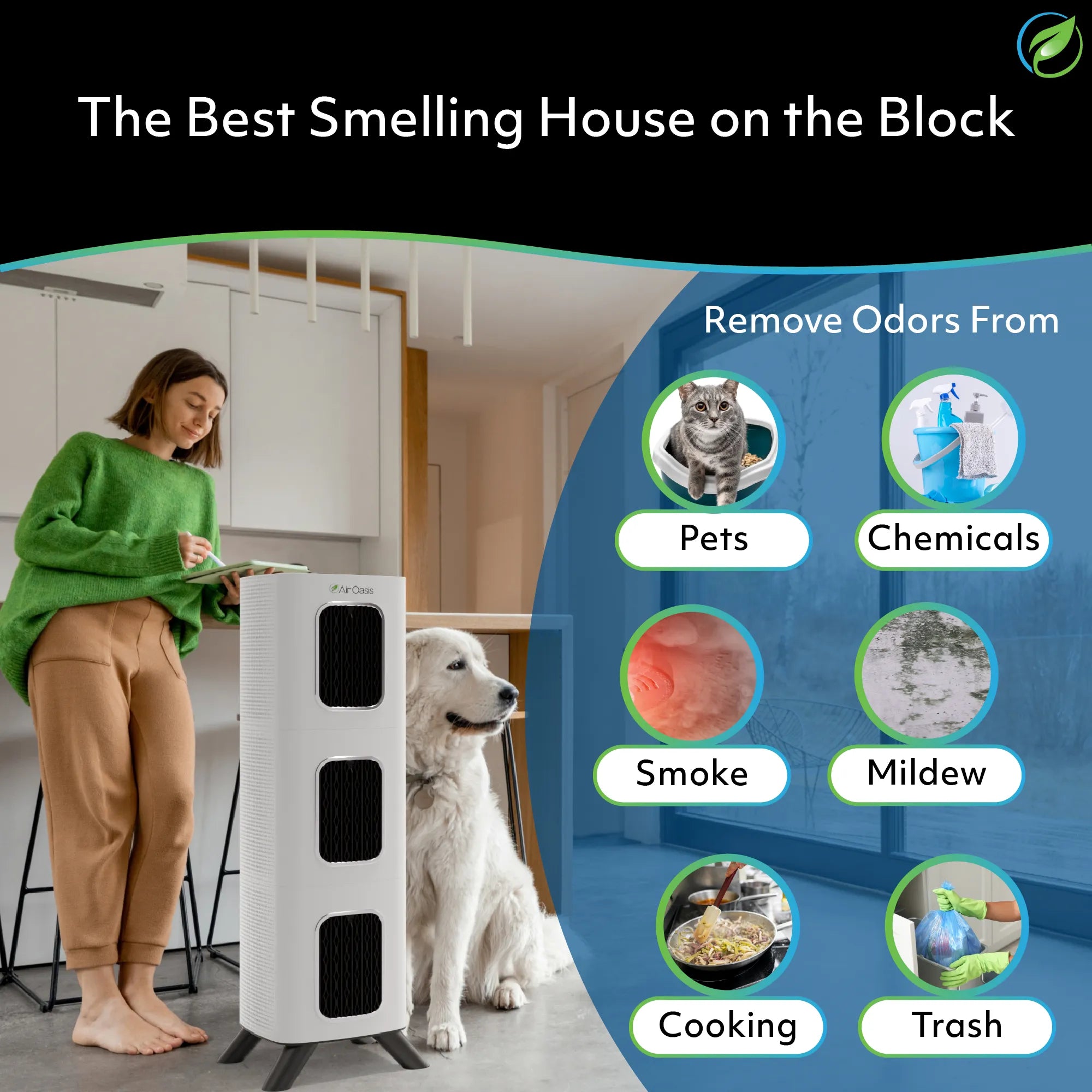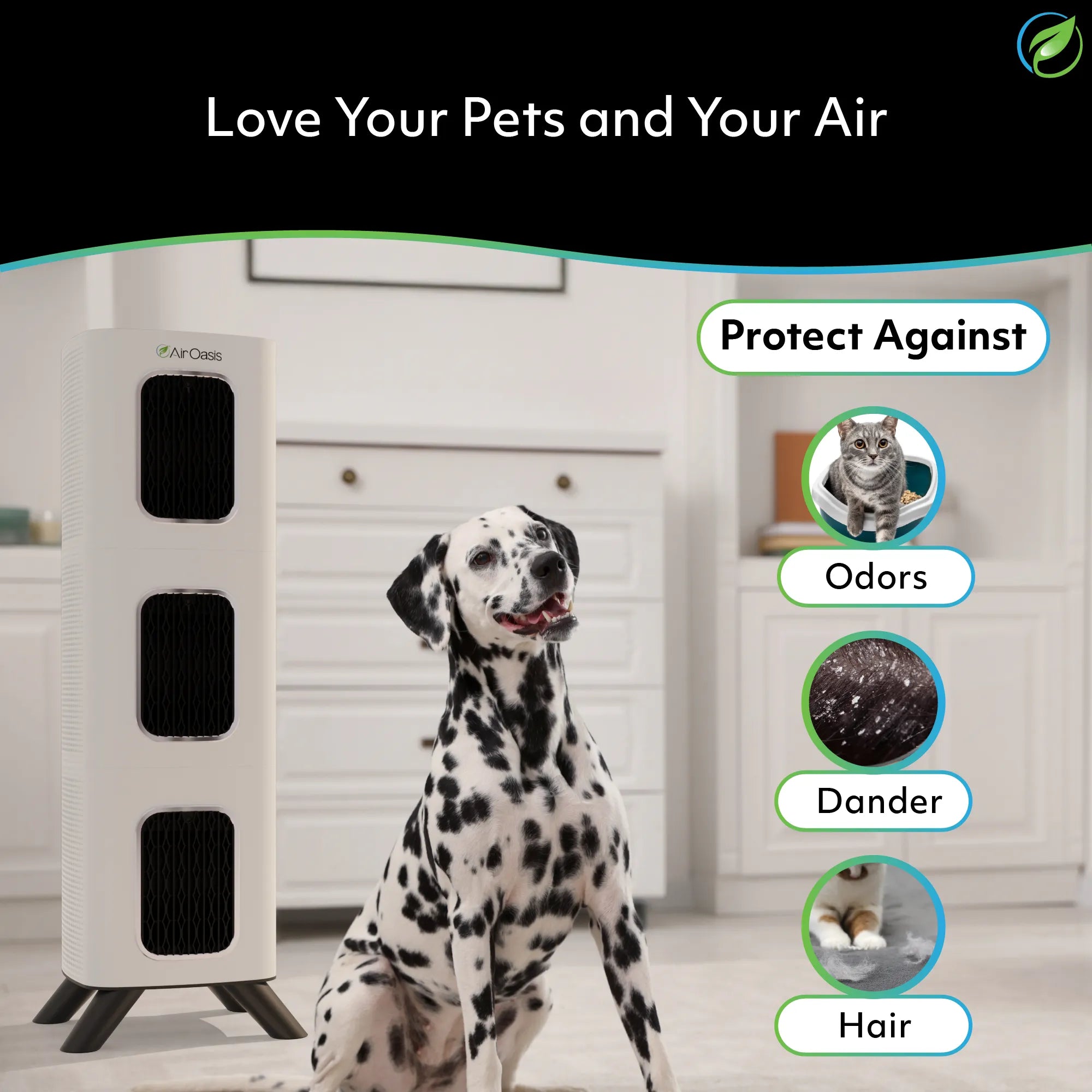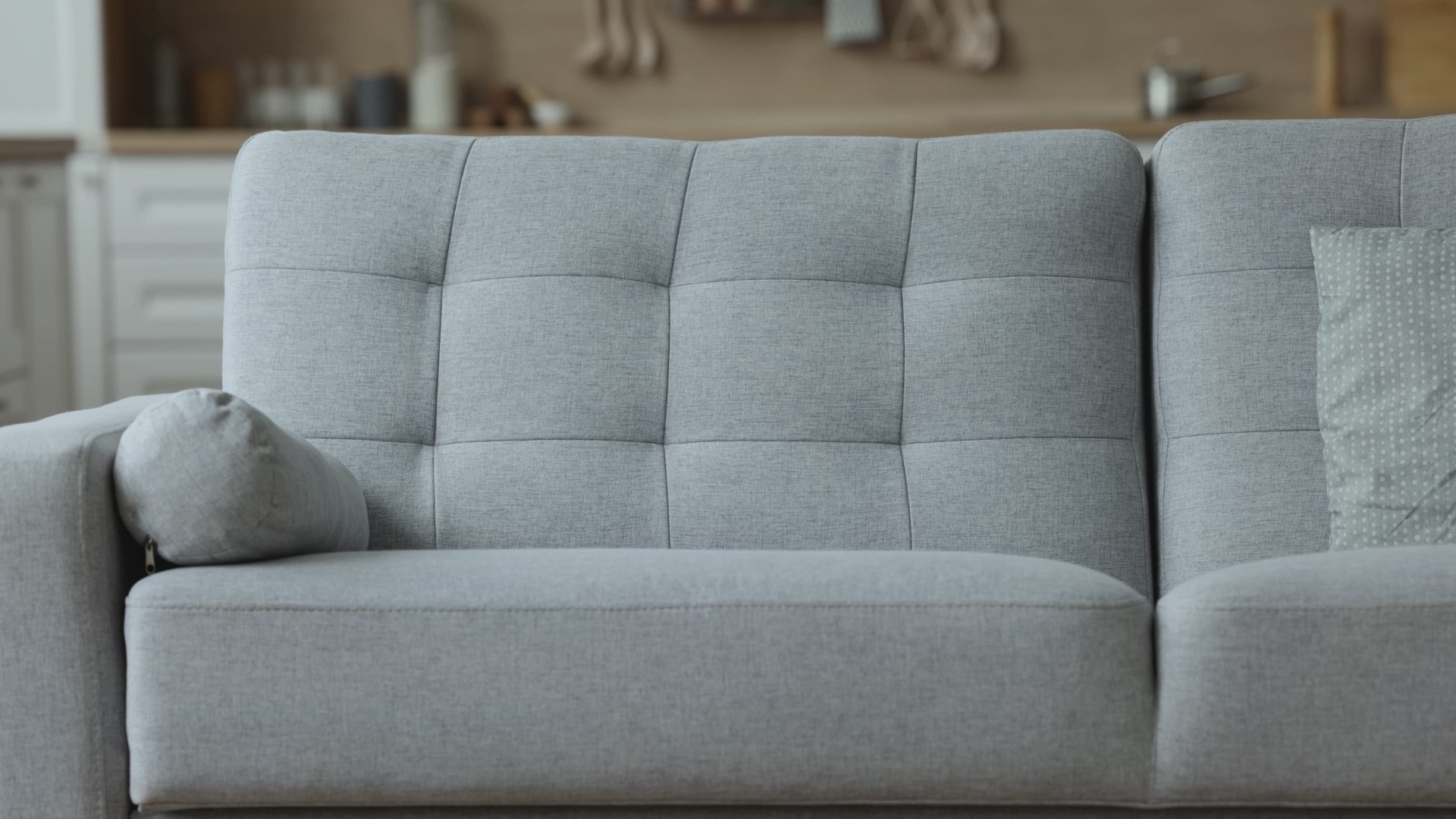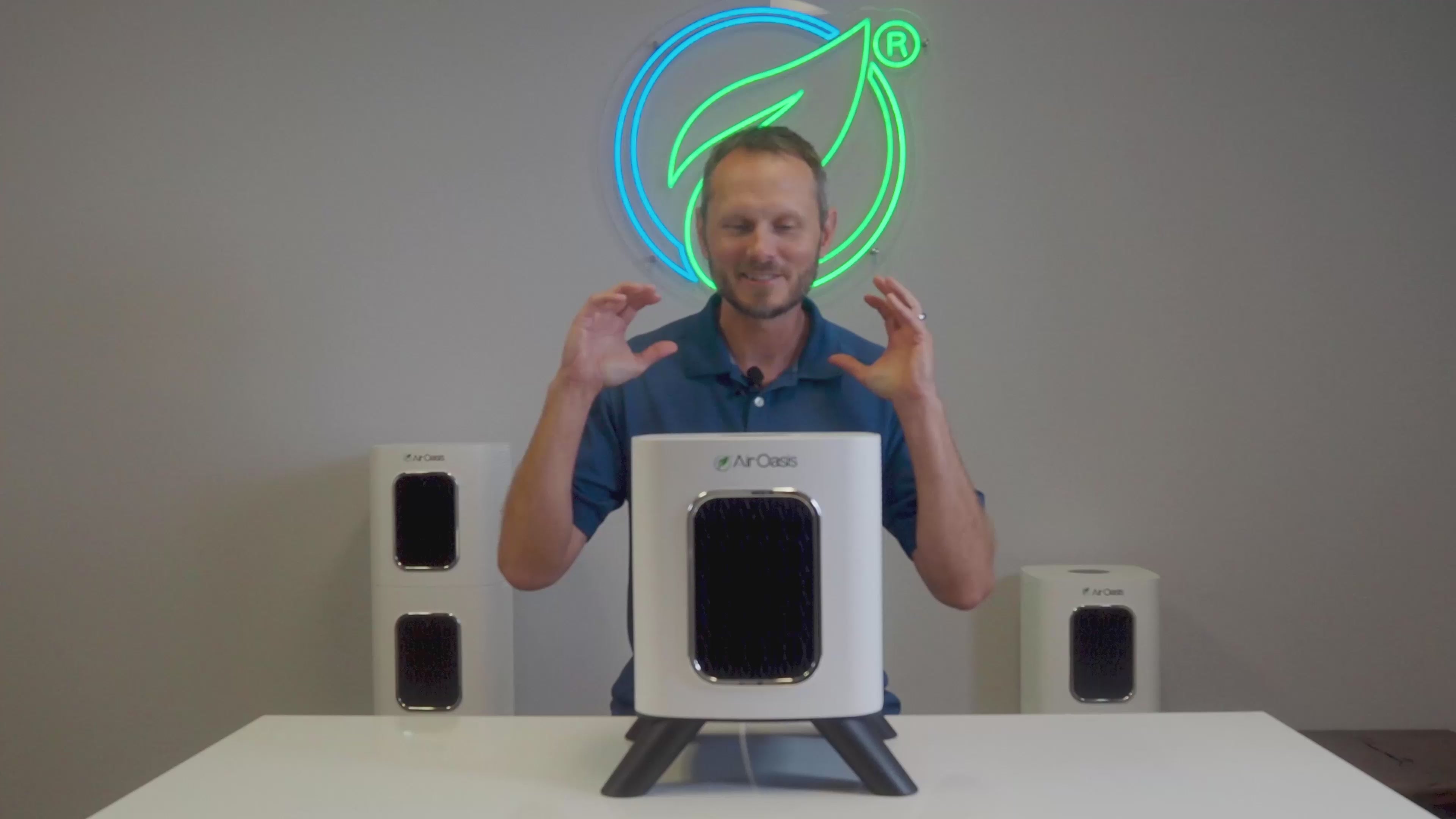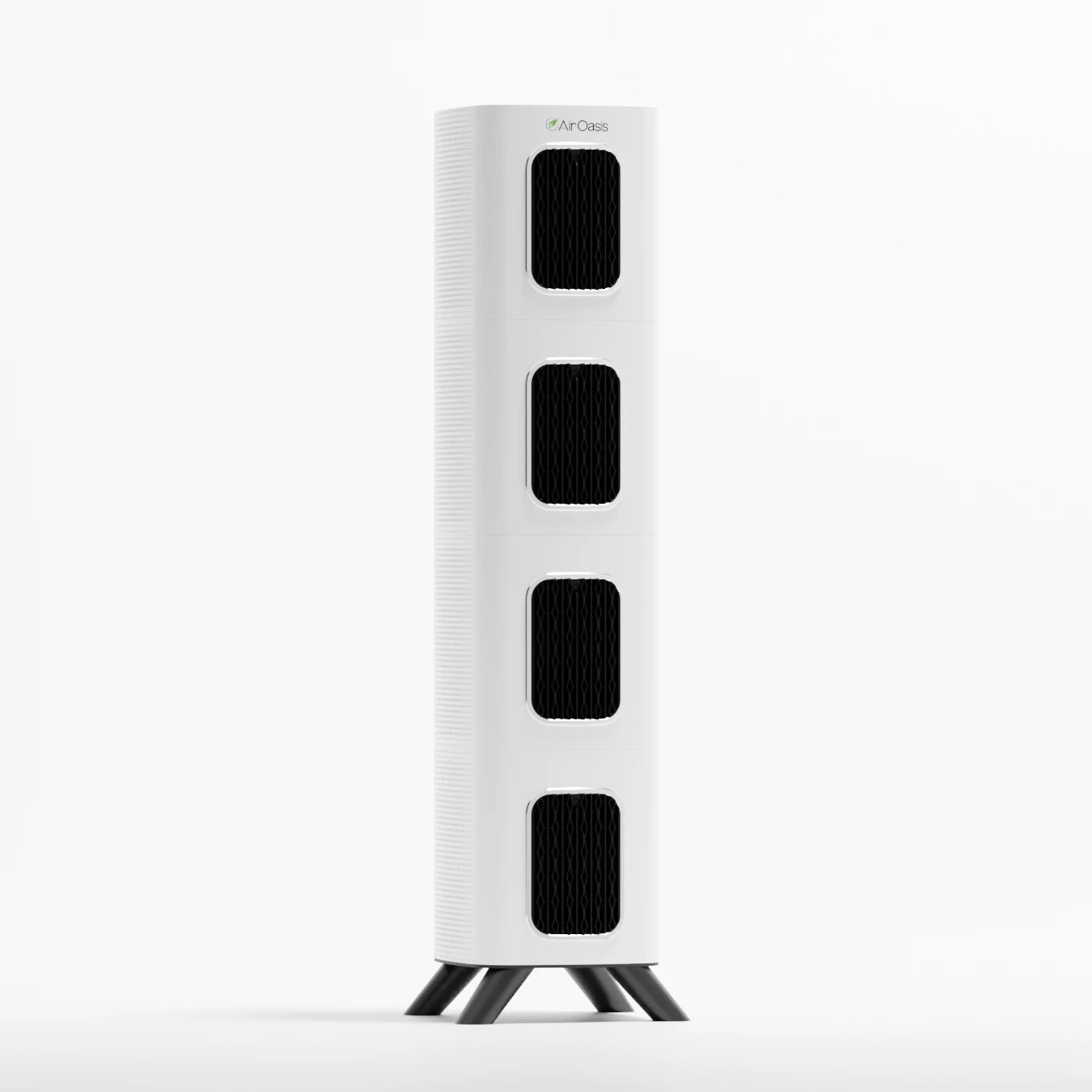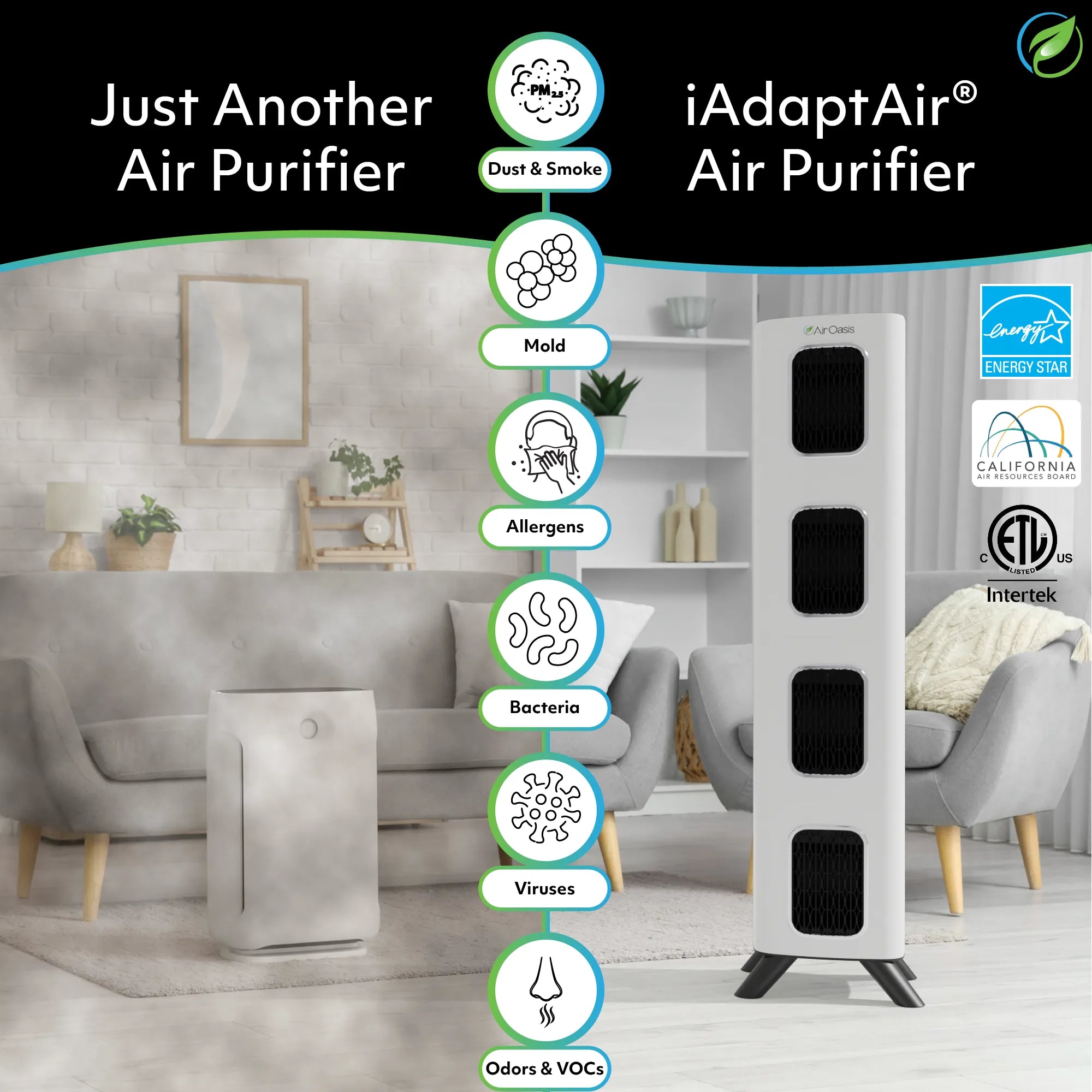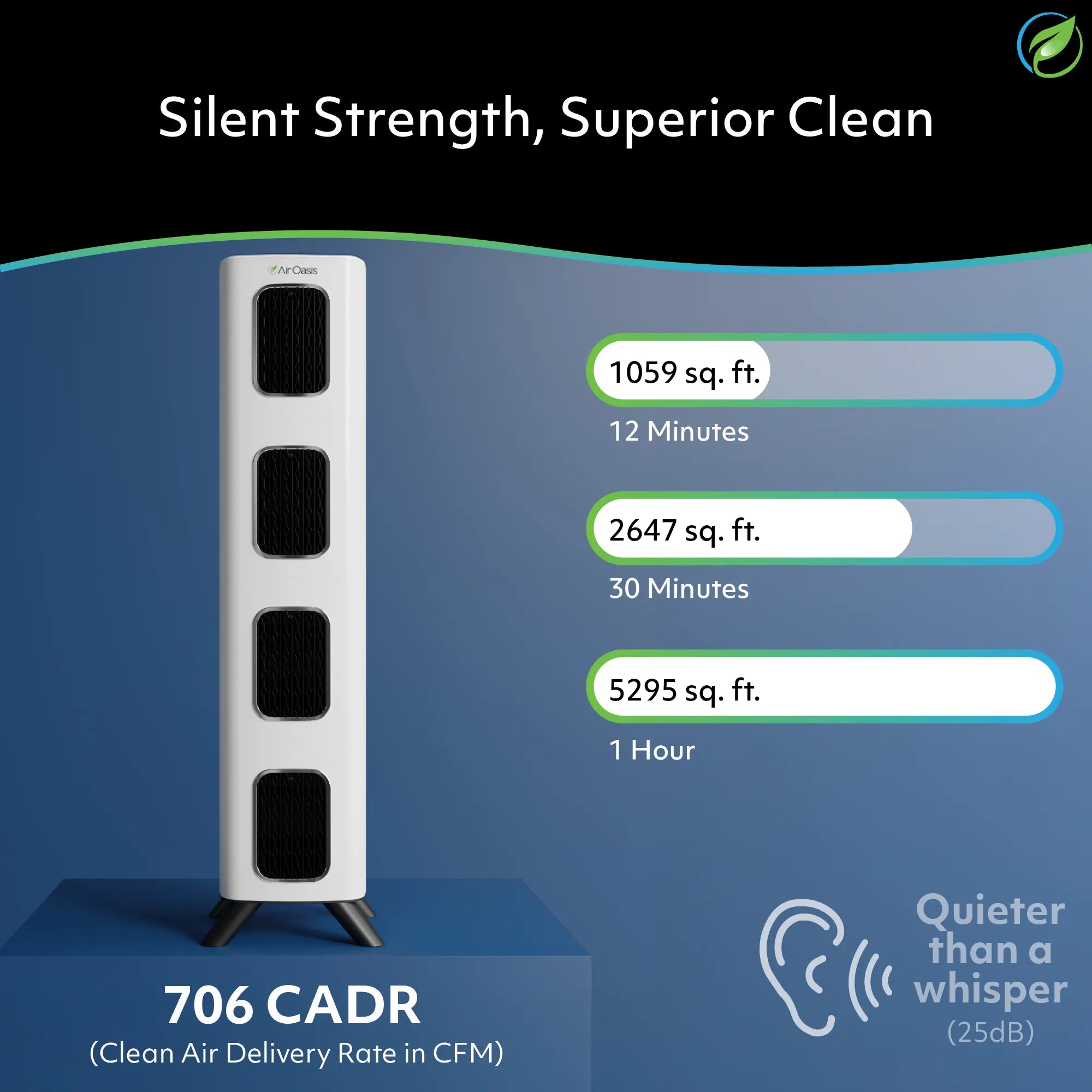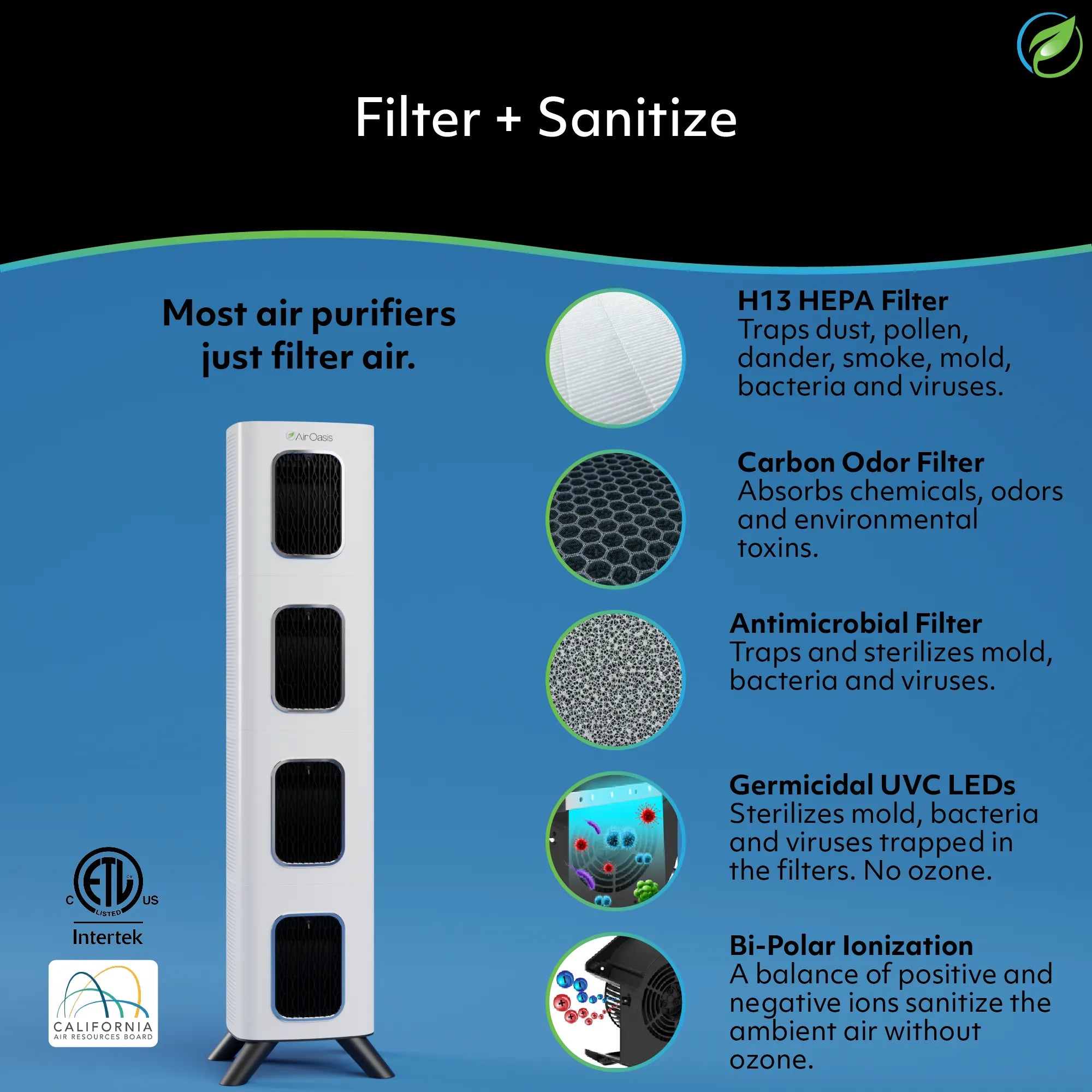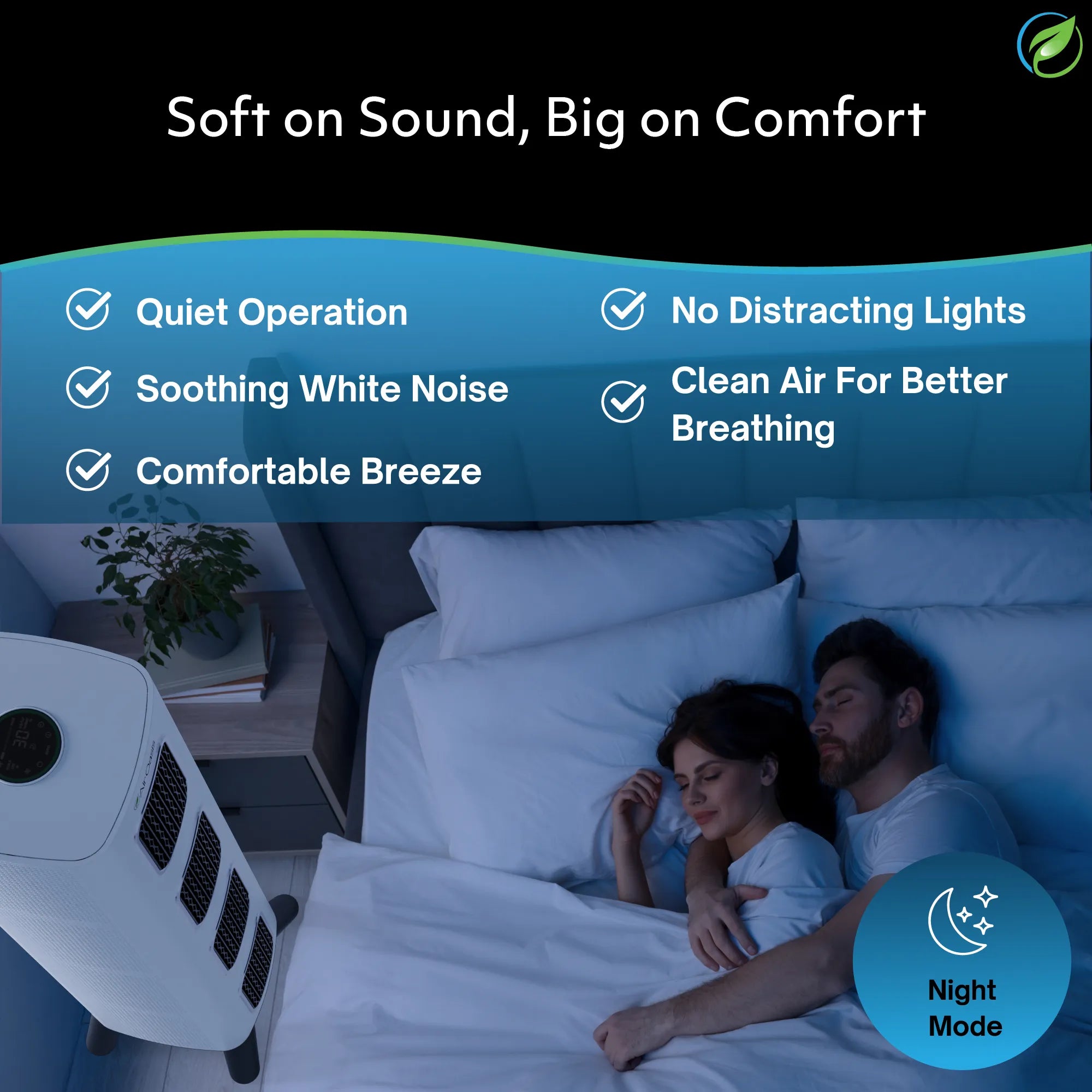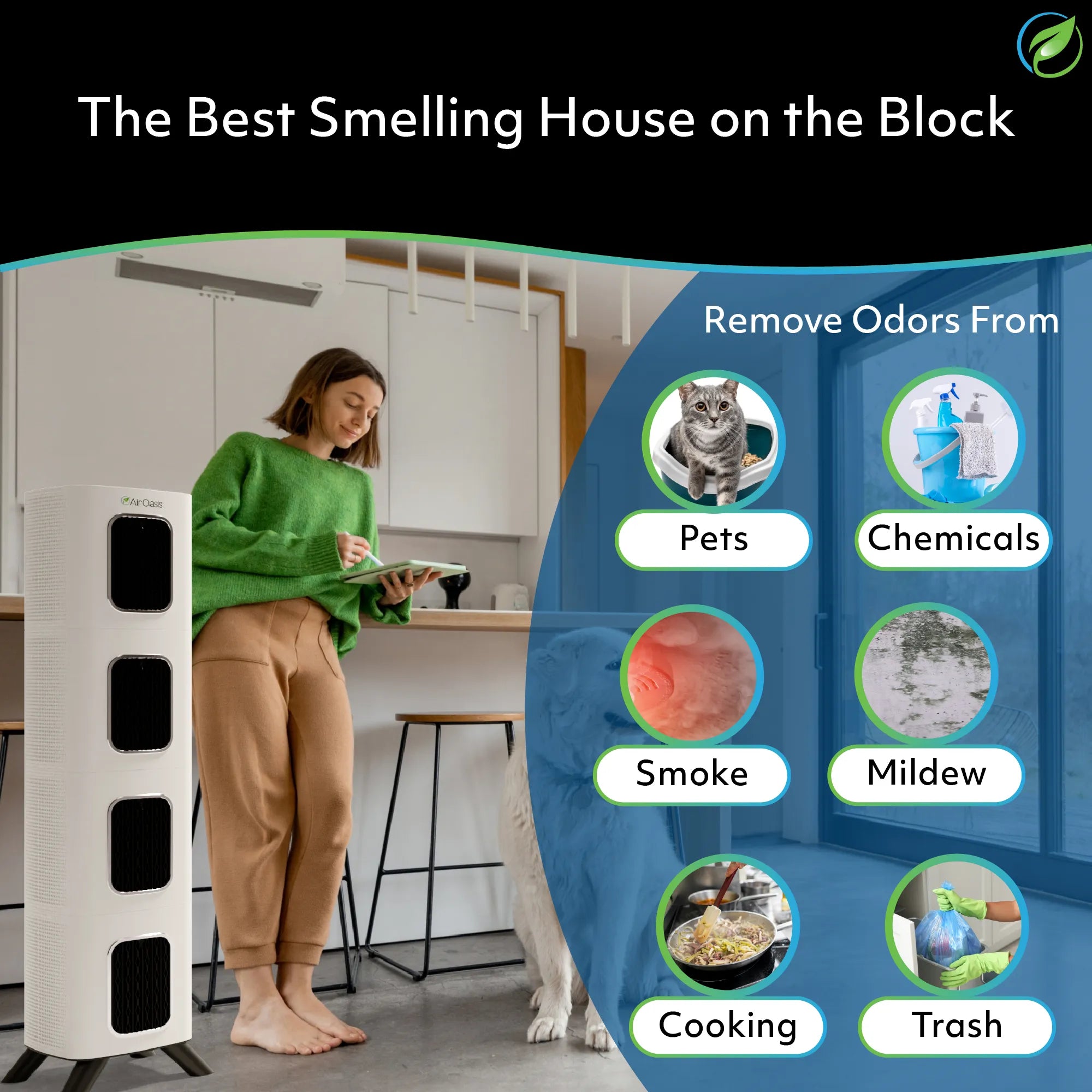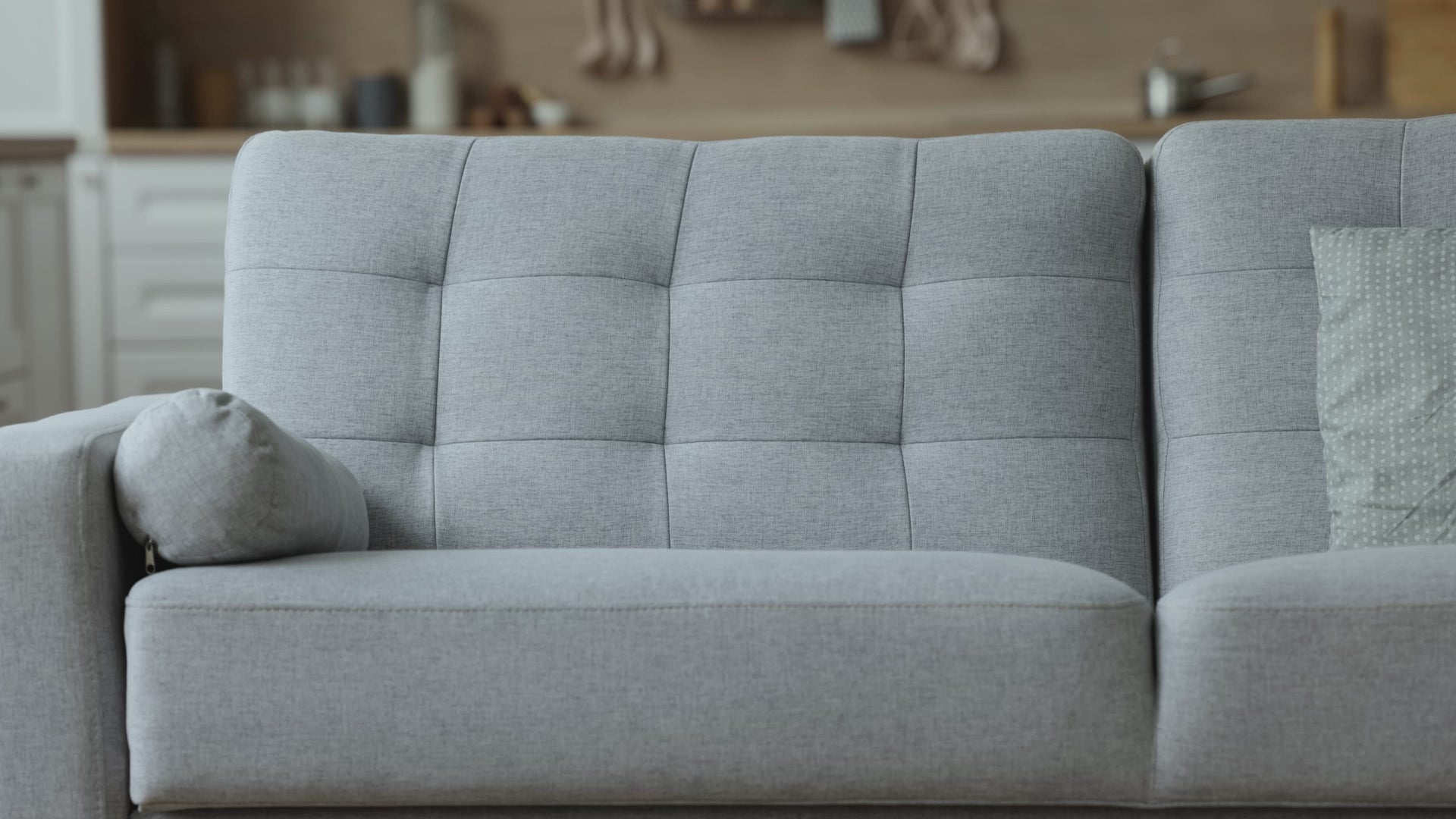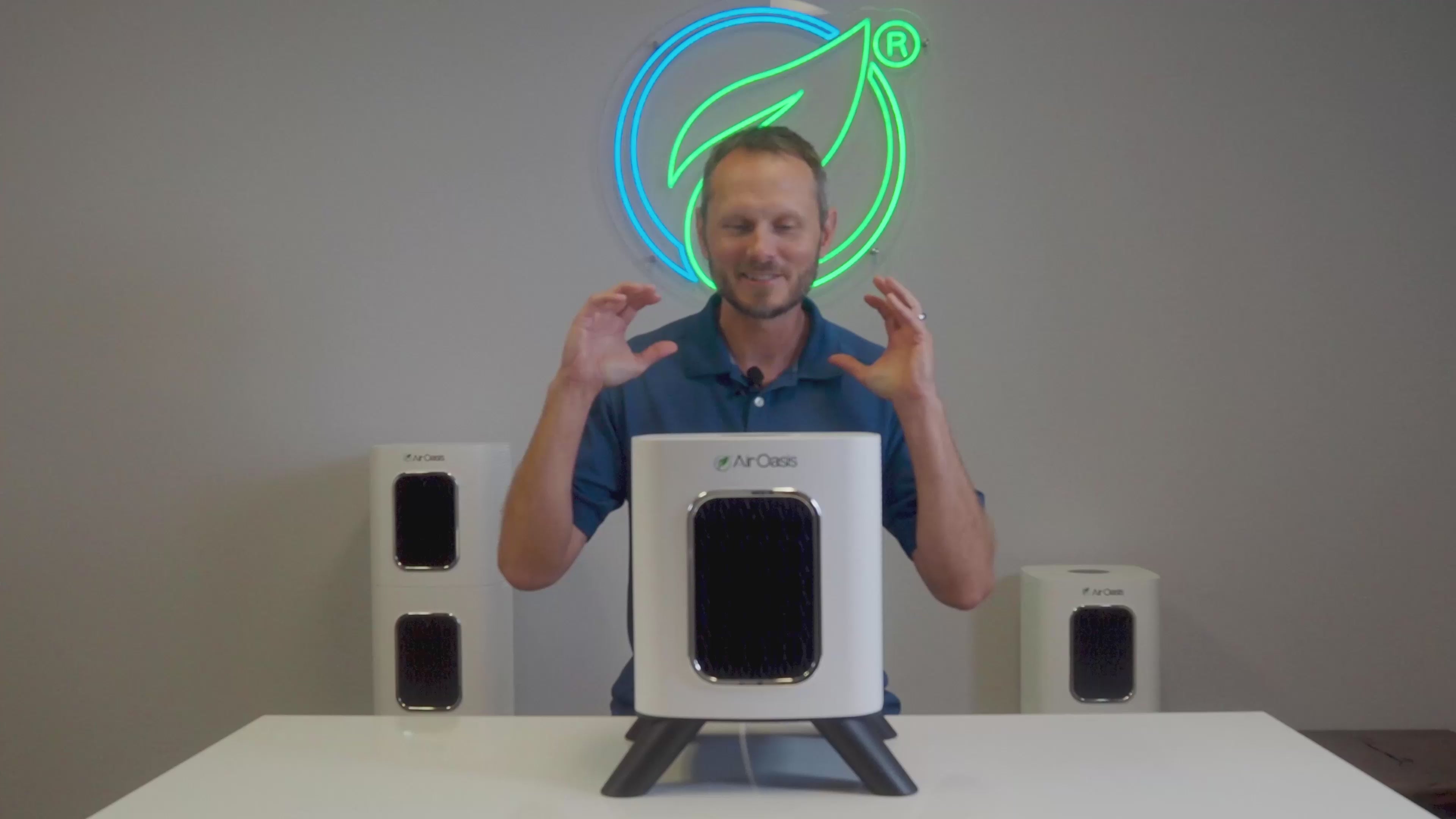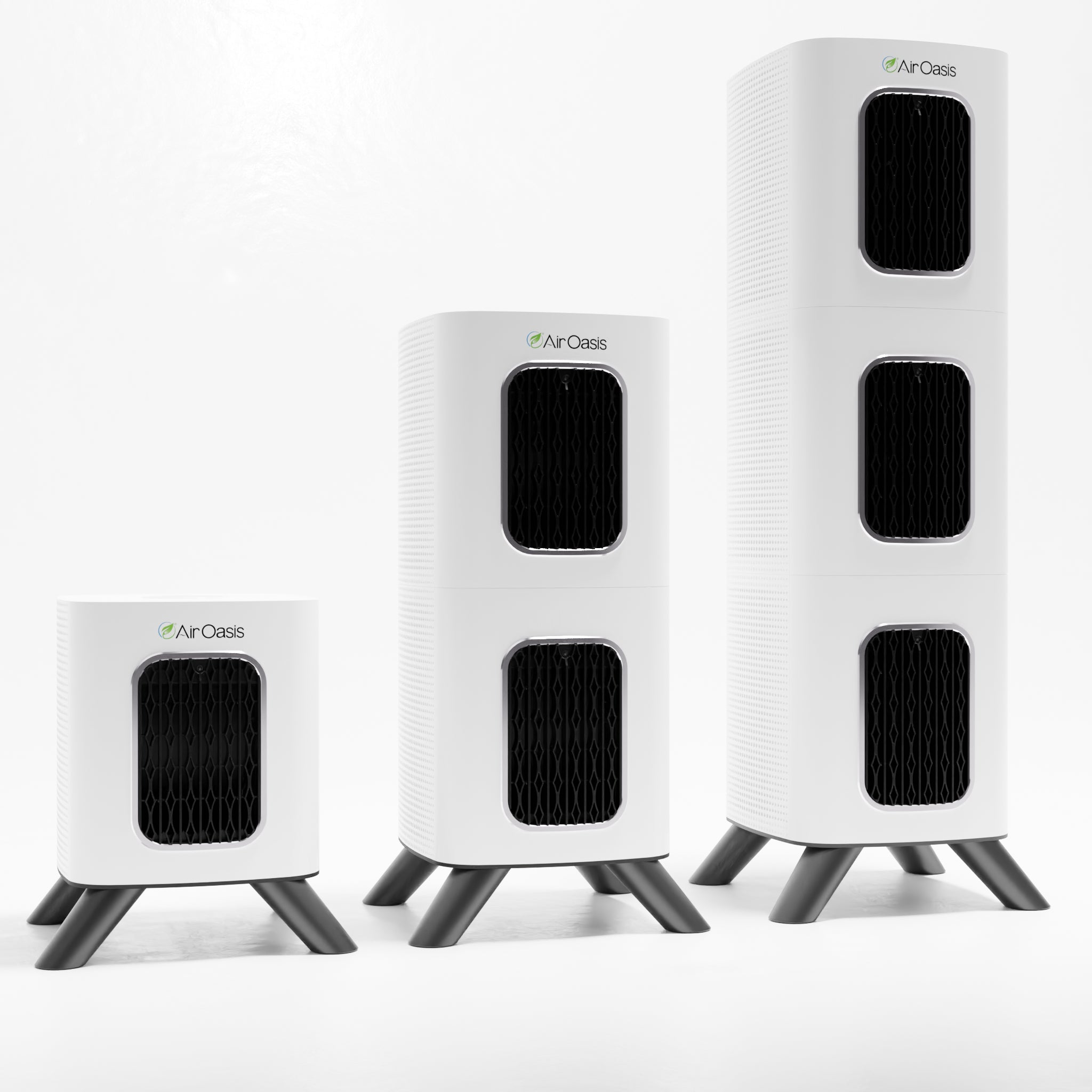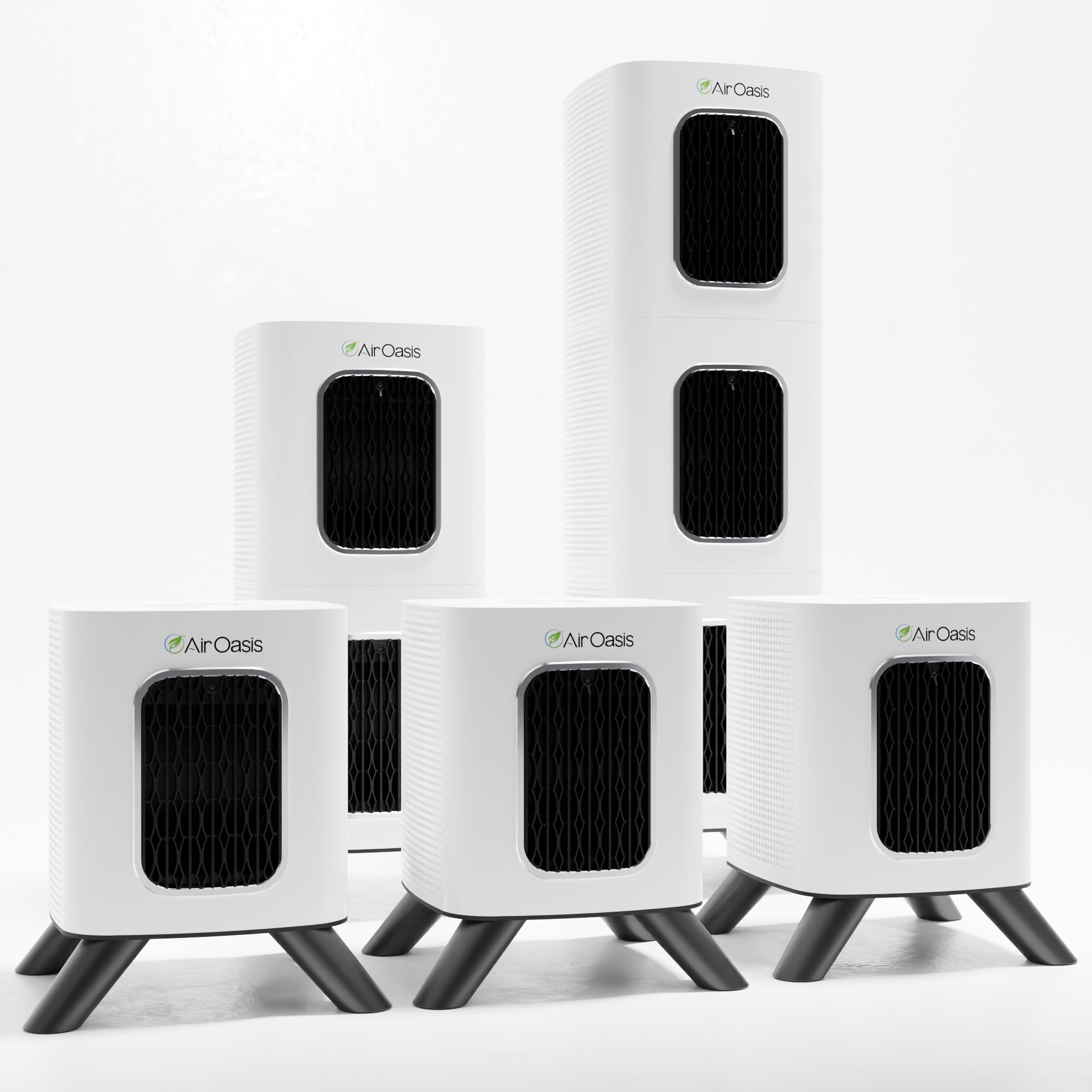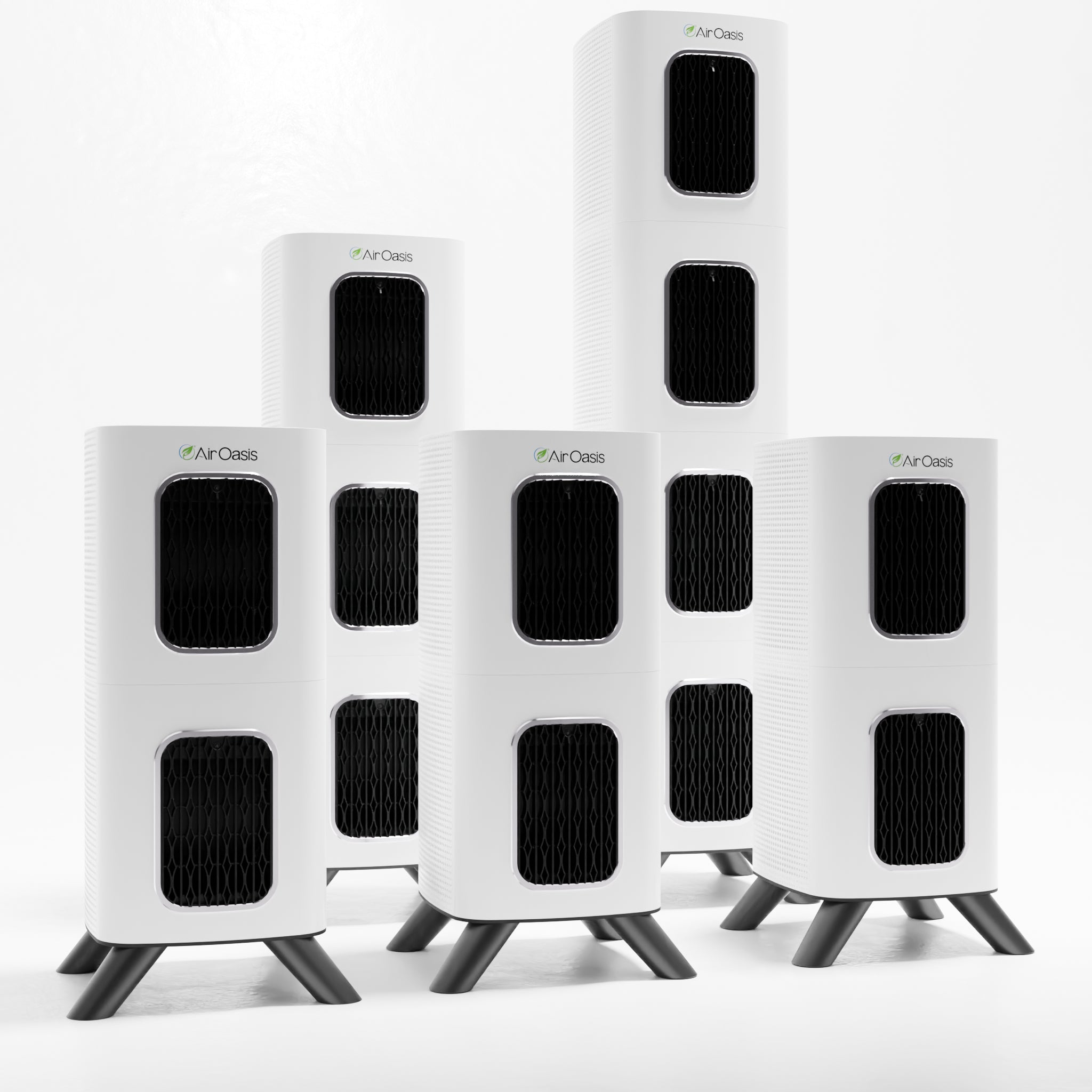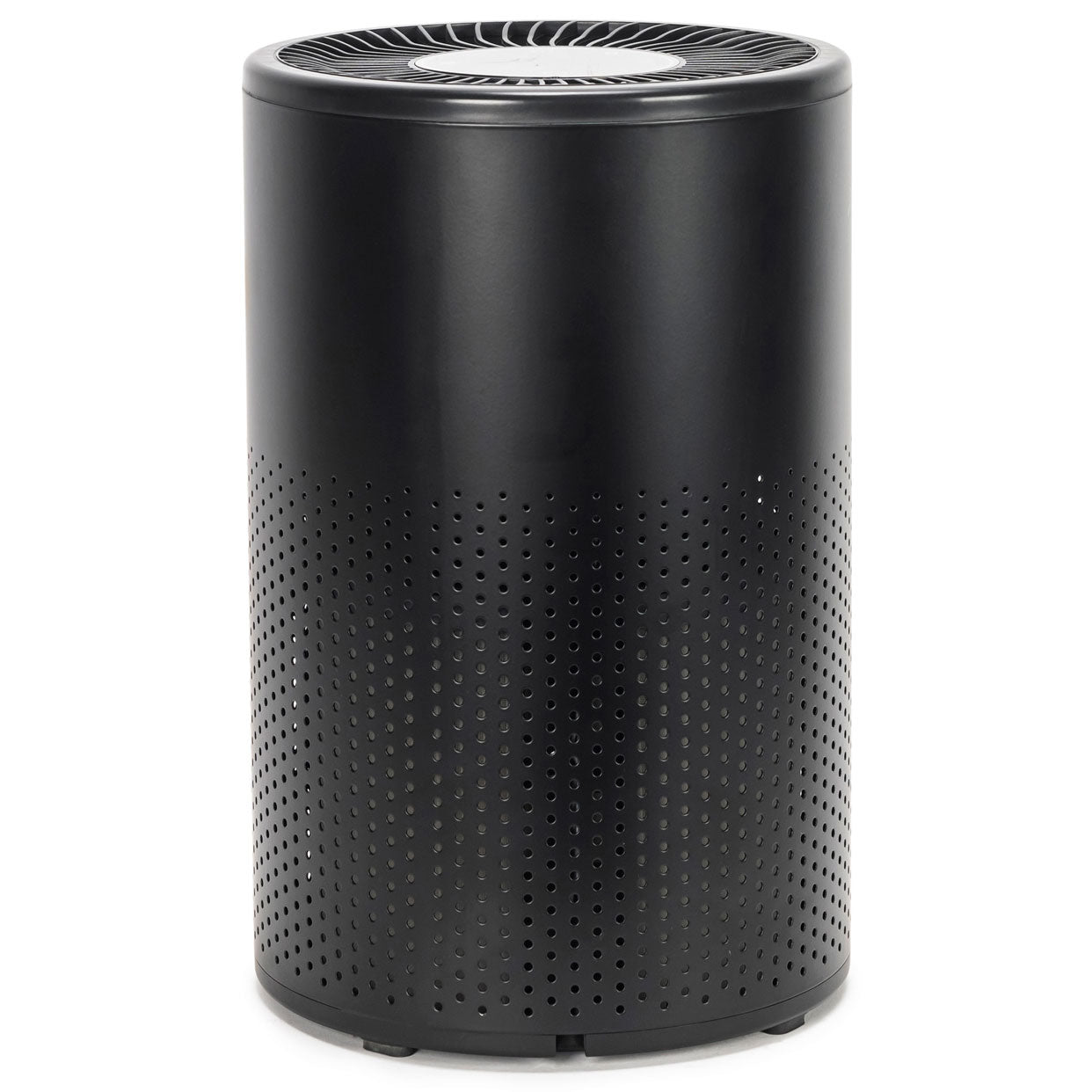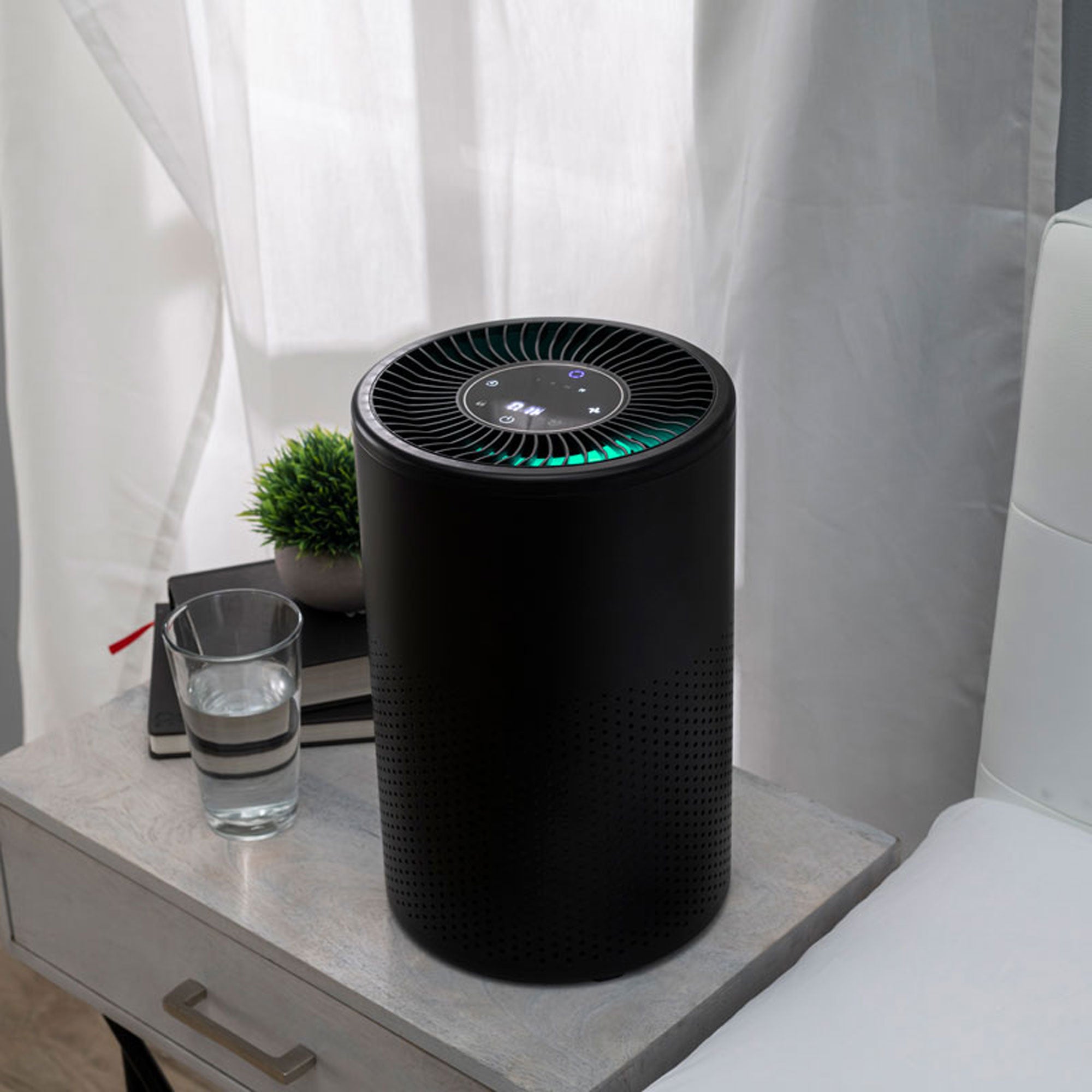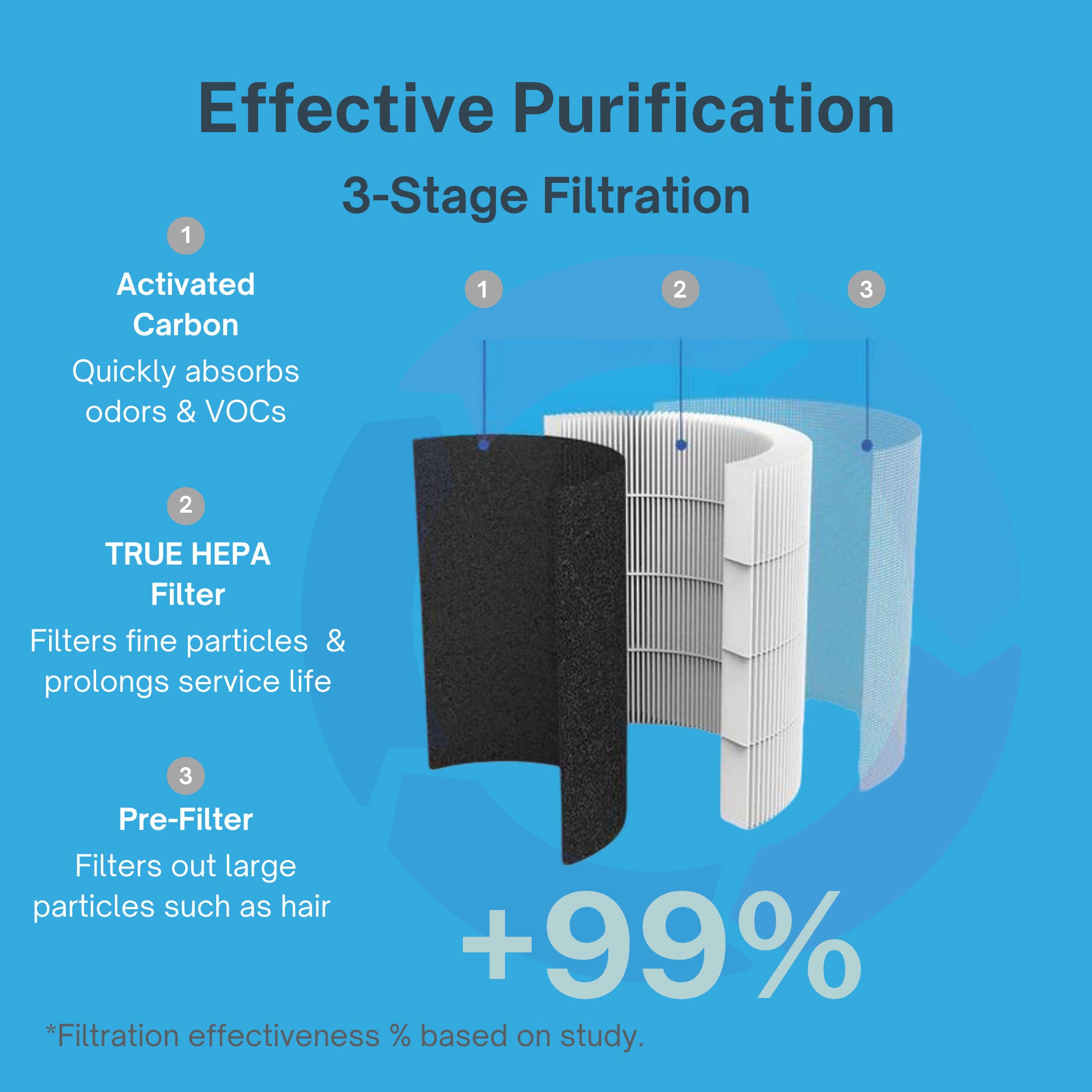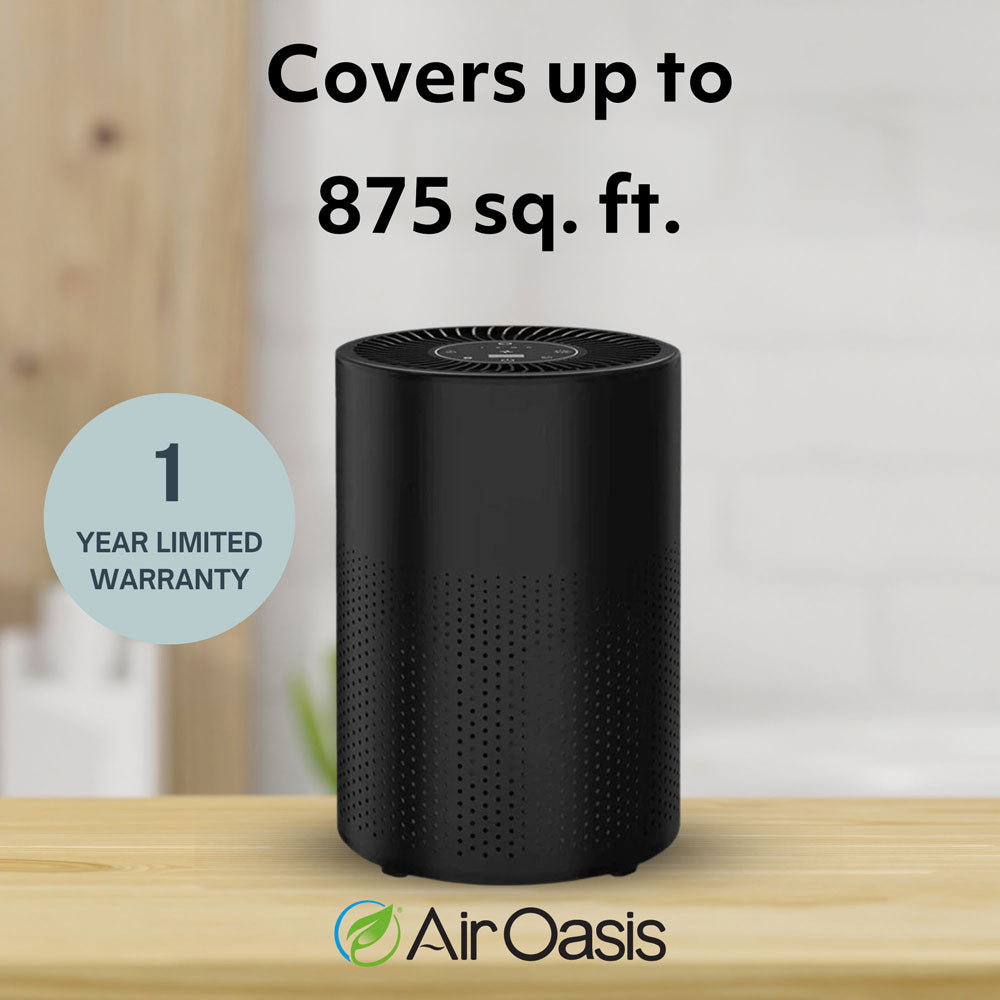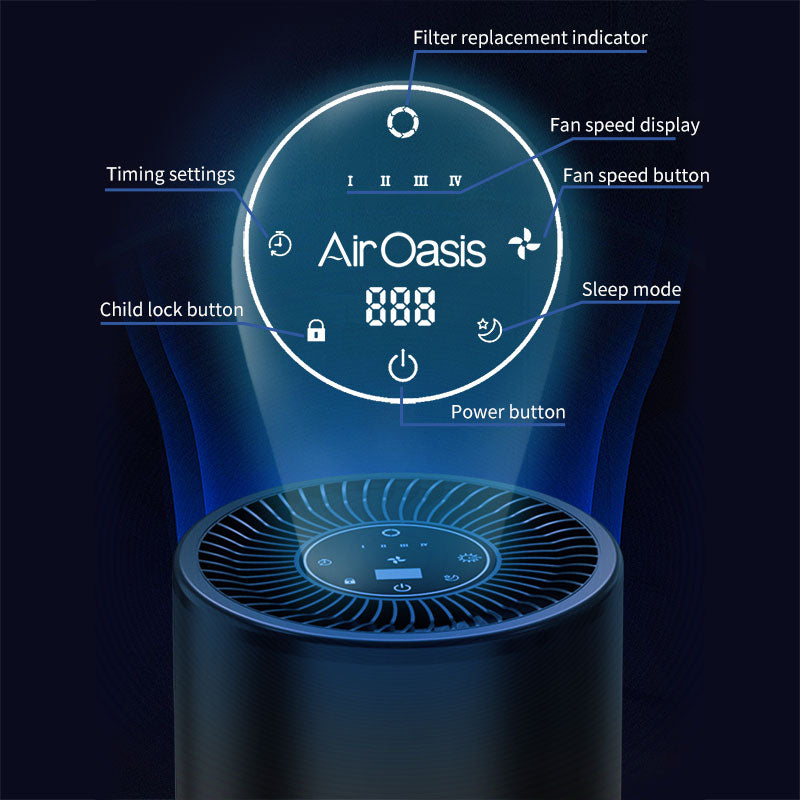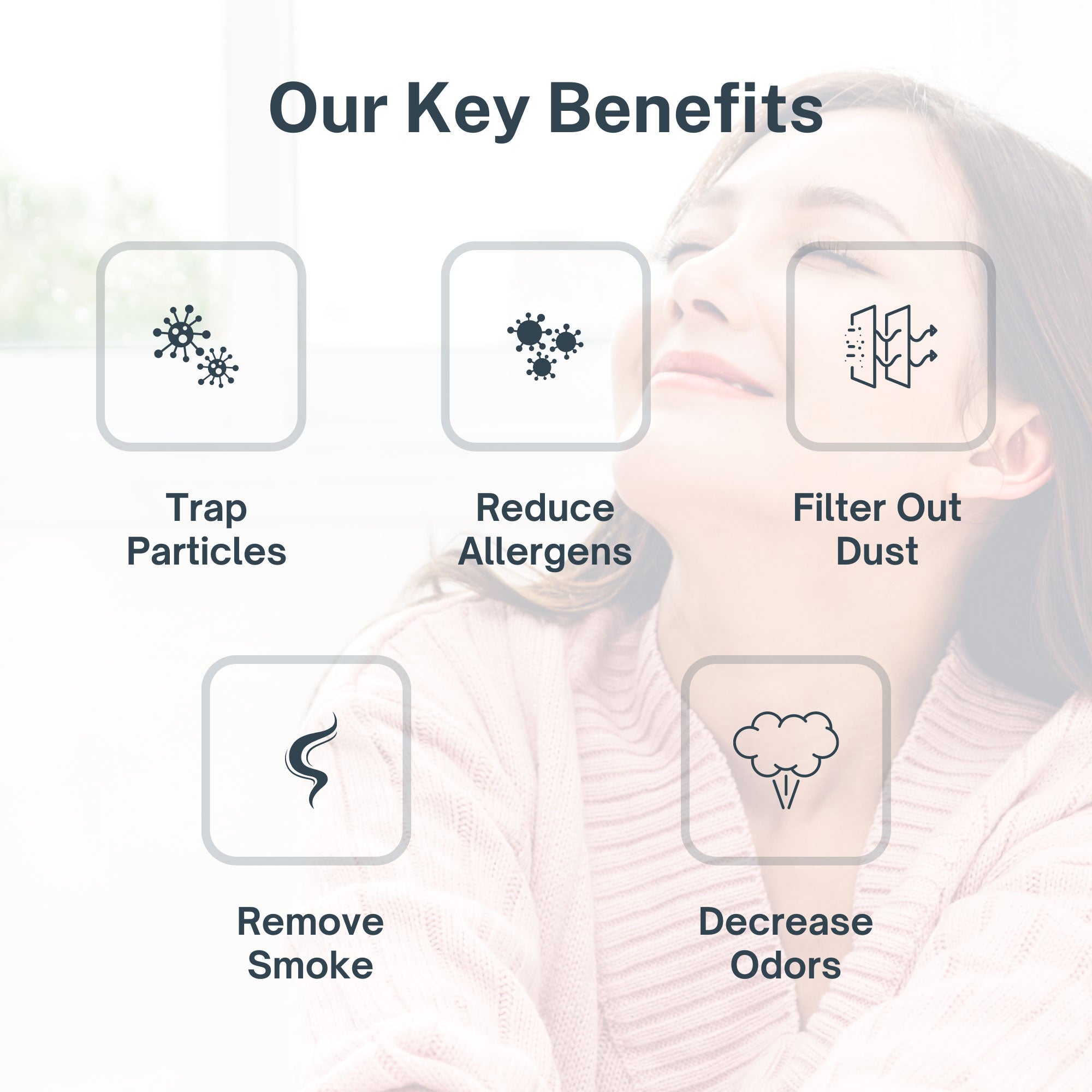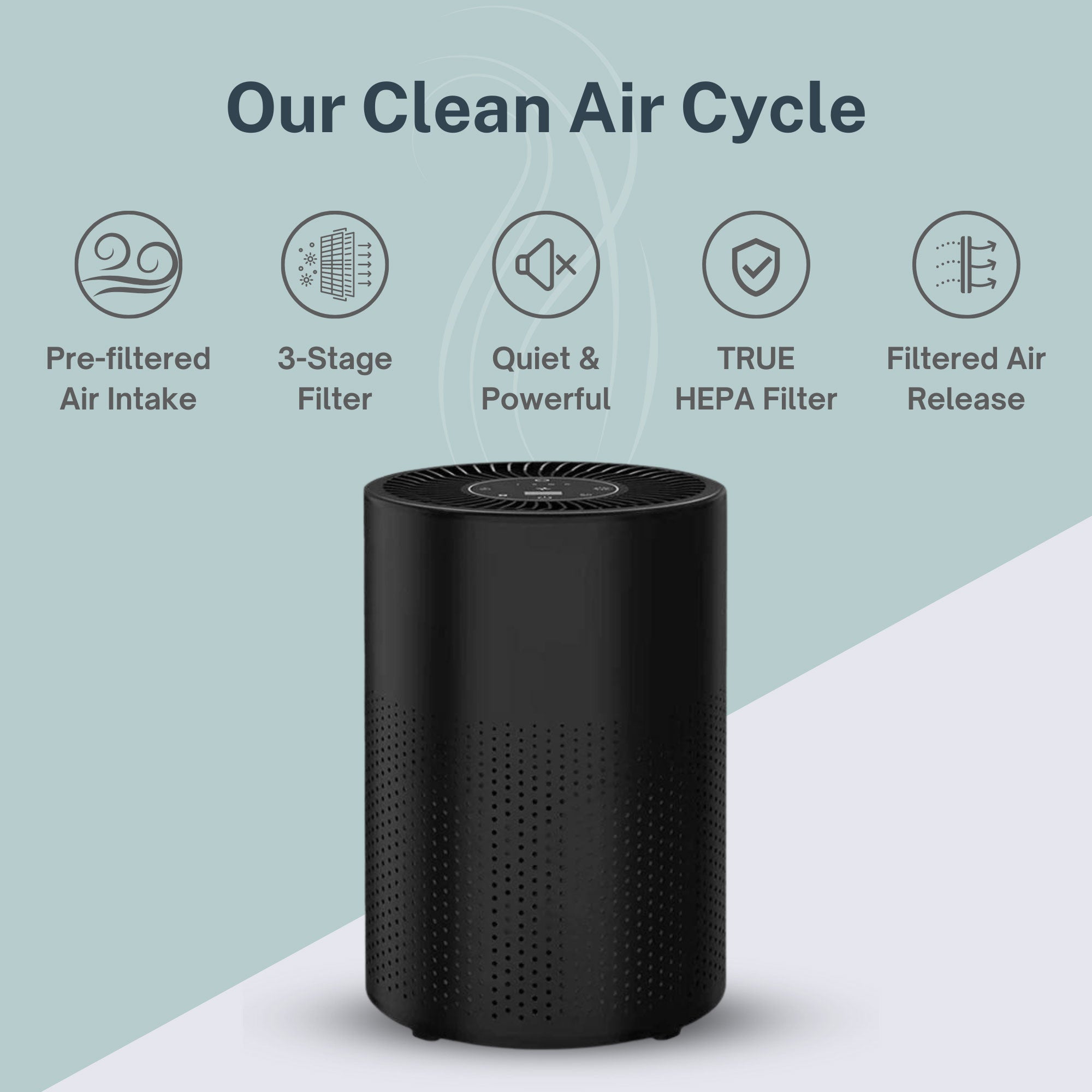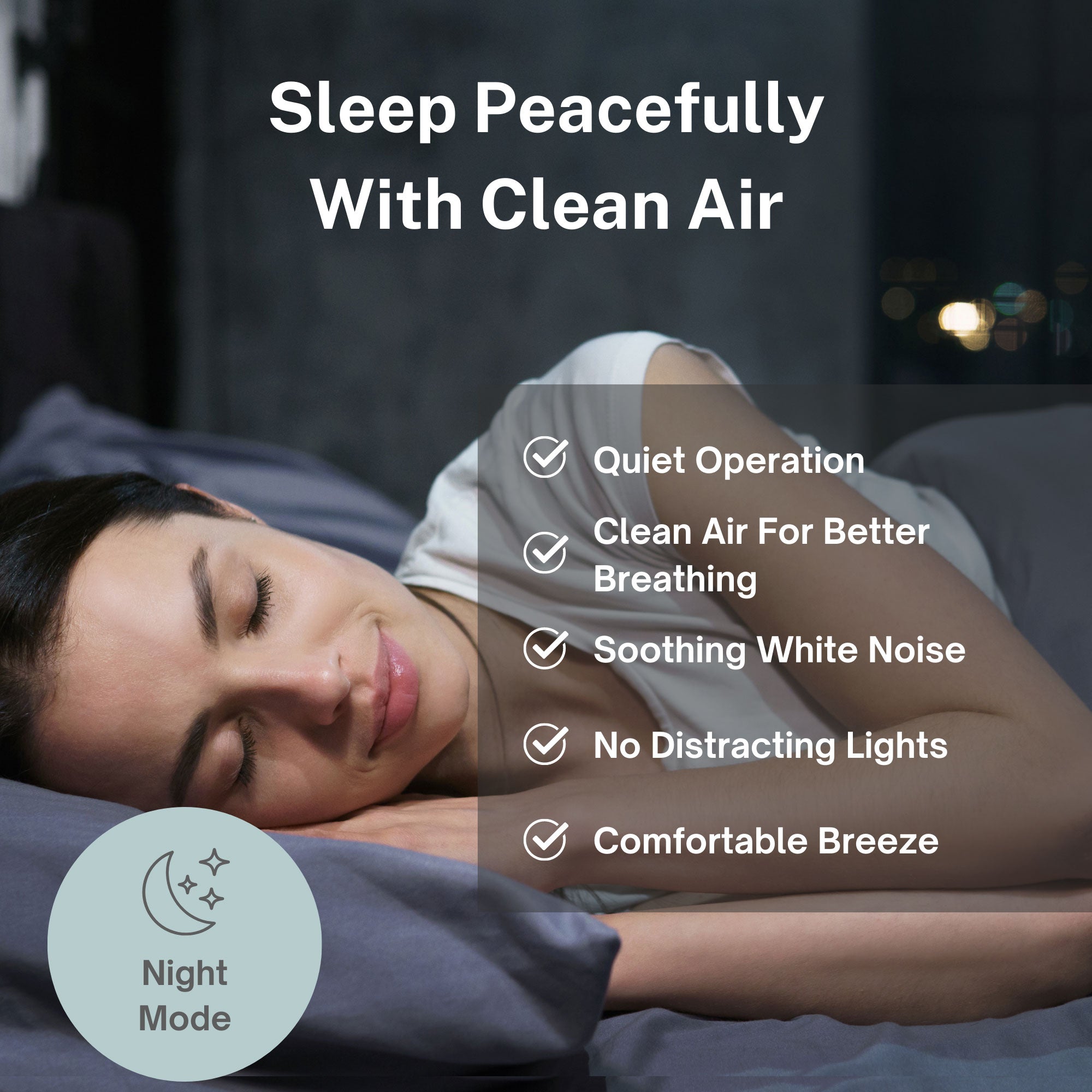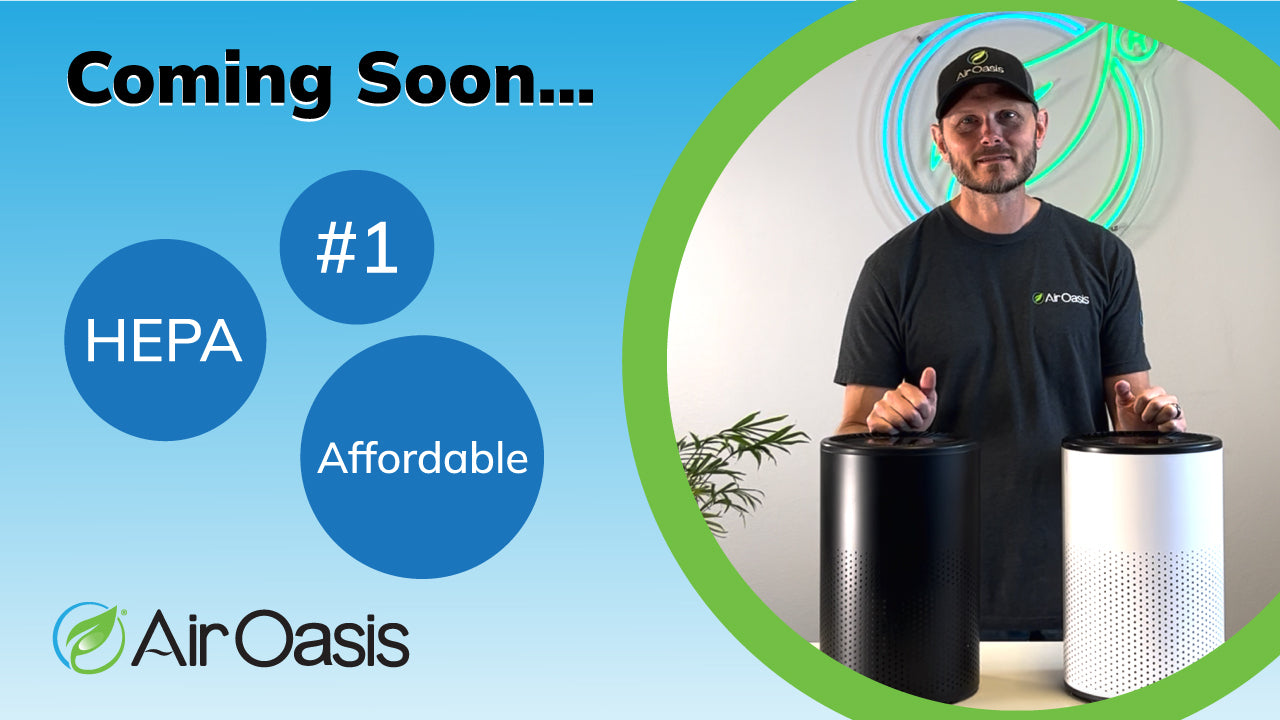Spanish technology center AIMPLAS unveiled breakthrough air-purifying coatings in May 2025 that can be applied to urban furniture surfaces, paints, and waterproof fabrics to actively remove pollutants from both indoor and outdoor environments. The DACCO2 project combines high-capacity adsorption materials with photocatalytic properties that capture airborne contaminants and transform them into harmless compounds using only solar energy.
The innovative coatings represent a significant advancement in direct air capture (DAC) technologies, offering cities and businesses new tools to improve air quality at street level where people live and work. Unlike passive solutions, these active coatings continuously remove pollutants from surrounding air while maintaining their effectiveness over extended periods through solar-powered photocatalytic processes.
Dual-Action Technology Captures and Transforms Pollutants
AIMPLAS researchers developed materials that simultaneously adsorb pollutants and transform them through photocatalytic oxidation. The adsorption component effectively removes airborne contaminants from the environment, while photocatalytic properties use solar energy to break down captured pollutants into compounds with low or no toxicity.
"With this project, we aim to advance technologies that can improve air quality and are both effective and economically viable so that sectors such as paint and textiles can adopt them," explained Pilar Cumplido, AIMPLAS researcher in Decarbonization. The dual approach ensures comprehensive pollutant removal rather than simple filtration or temporary capture.
The challenge involved combining both technologies without compromising their individual effectiveness. Researchers focused on maintaining adsorption capacity while preserving photocatalytic properties, ensuring the materials continue removing pollutants while simultaneously neutralizing captured contaminants through solar-powered chemical processes.
Integration into coating matrices required extensive testing to ensure the active materials maintain their air-cleaning capabilities when incorporated into practical applications like paints and fabric treatments. This breakthrough enables widespread deployment of air-purifying technology through existing urban infrastructure and commercial products.
Urban Furniture Becomes Active Air Quality Infrastructure
The DACCO2 project targets urban furniture surfaces as platforms for air quality improvement, transforming benches, bus stops, building facades, and awnings into active pollution removal systems. This approach leverages existing city infrastructure to create distributed air purification networks without requiring dedicated equipment installations.
Collaboration with industry partners Laurentia Technologies, Alfarben, and Toldos Costa Blanca ensures the coatings can be manufactured and applied through existing paint and textile production processes. This industrial partnership approach accelerates technology adoption by integrating air-purifying capabilities into products cities and businesses already purchase and maintain.
The waterproof fabric applications extend air purification to outdoor furniture, awnings, tents, and building coverings that receive direct sunlight exposure. These textile applications maximize photocatalytic effectiveness while providing weather resistance and durability necessary for outdoor urban environments.
Paint formulations enable air-purifying coatings for building exteriors, walls, and structural surfaces throughout urban areas. The widespread application potential creates opportunities for comprehensive air quality improvement across entire neighborhoods and commercial districts through coordinated coating deployment programs.
Comprehensive Pollutant Analysis Guides Development
The DACCO2 project includes detailed studies of pollutant concentrations in indoor and outdoor areas throughout Valencia's urban zones, comparing measured values with World Health Organization limits to assess health and environmental impacts. This research identifies specific contaminants the coatings must address for maximum public health benefit.
Researchers analyze emission sources to understand pollutant distribution patterns and concentration variations across different urban environments. This data guides coating formulation to target the most problematic contaminants found in specific locations, optimizing air quality improvement for local conditions.
The comprehensive pollutant mapping supports strategic deployment of air-purifying coatings in areas with highest contamination levels and greatest public health impact. Understanding pollutant sources also helps cities coordinate coating applications with broader air quality improvement strategies.
Public awareness represents a key project component, with researchers conducting outreach to inform communities about air pollution issues and potential solutions. This educational focus ensures public understanding of air quality challenges while demonstrating how innovative materials can contribute to environmental health protection.
Economic Viability Enables Widespread Adoption
AIMPLAS emphasizes economic viability as essential for successful technology adoption across paint and textile industries. The coatings must provide cost-effective air quality improvement that justifies investment by manufacturers, cities, and building owners seeking practical pollution reduction solutions.
Integration with existing manufacturing processes reduces implementation costs by utilizing current production infrastructure rather than requiring specialized equipment or facilities. This approach enables manufacturers to add air-purifying capabilities to existing product lines without major capital investments.
The solar-powered operation eliminates ongoing energy costs associated with active air purification systems, making the coatings economically sustainable for long-term deployment. Maintenance requirements remain minimal since photocatalytic processes continue operating automatically when exposed to sunlight.
Scalability through standard coating applications enables gradual deployment across urban areas as budgets and opportunities allow. Cities can implement air-purifying coatings through regular maintenance and renovation cycles rather than requiring comprehensive infrastructure overhauls.
Indoor Air Quality Applications Expand Health Protection
While urban furniture applications target outdoor air quality, the coating technology also addresses indoor pollution in commercial and residential environments. Air Oasis indoor air purification systems provide complementary technology for comprehensive indoor air quality management in spaces where coating applications may be insufficient.
Indoor applications include wall paints, furniture coatings, and textile treatments that continuously remove pollutants from interior air. These applications particularly benefit spaces with limited ventilation or high occupancy where traditional air quality management proves challenging.
The combination of photocatalytic coatings with advanced air purification systems creates layered protection against indoor air pollution. While coatings provide continuous background pollutant removal, comprehensive air purifiers address particulates, allergens, and contaminants requiring more intensive filtration.
Commercial buildings, schools, and healthcare facilities represent priority indoor applications where air-purifying coatings can supplement HVAC systems and dedicated air purification equipment. The passive operation of photocatalytic coatings provides ongoing air quality improvement without energy consumption or maintenance requirements.
Future of Urban Air Quality Management
The DACCO2 project demonstrates how innovative materials science can transform everyday urban infrastructure into active environmental health protection systems. Success in Valencia could accelerate adoption across European cities facing similar air quality challenges and seeking cost-effective pollution reduction strategies.
Integration with smart city initiatives could enable monitoring and optimization of air-purifying coating effectiveness across urban areas. Sensor networks could track air quality improvements and guide strategic coating deployment for maximum public health benefit.
Expansion beyond furniture and building surfaces could include vehicle coatings, road treatments, and infrastructure applications that create comprehensive urban air purification networks. The scalable nature of coating technology supports gradual implementation across entire metropolitan areas.
Research continuation will likely focus on enhanced photocatalytic efficiency, extended durability, and broader pollutant spectrum coverage. These improvements could establish air-purifying coatings as standard components of sustainable urban development and environmental health protection strategies.
Take control of your indoor air quality while cities develop innovative pollution reduction technologies. Advanced air purification provides immediate protection from urban pollutants that coating technologies are designed to address, ensuring clean indoor air regardless of outdoor environmental conditions.





